Emery Roth was a preeminent New York architect, best known for his luxury apartment buildings – most of which are landmarks. Indeed, he helped define the Central Park West skyline with seven major buildings.
According to the NYC Landmarks Preservation Commission, Emery Roth was born in 1871 at Galzecs, Hungary. Orphaned at 13, he was sent to the United States. He first immigrated to Chicago and then to Bloomington, Illinois, where he apprenticed. Later he assisted with drawings for the World’s Columbian Exposition in Chicago. He moved to New York several years later, joining the firm of Richard Morris Hunt. In 1895, Roth opened his own offices and three years later, he bought the architectural practice of Theodore G. Stein and Eugene Yancey Cohen, which became Stein, Cohen & Roth. Soon after the turn of the century, Roth returned to independent practice, specializing in luxury apartment houses.
The Hotel Belleclaire (1901-03, 2171-2179 Broadway, a designated New York City Landmark) that exhibits elements of the French Beaux-Arts and Viennese Secession styles, is considered Roth’s first major work in New York City. In the 1910s, he experimented with the Art Nouveau style, and in the 1920s, his designs became more classically-inspired and often incorporated elements of the Art Deco style.
Emery Roth Representative Buildings
- Hotel Belleclaire (1903)
- 243 West End Avenue (1925)
- 65 Central Park West (1926)
- The Alden (1927)
- The Oliver Cromwell (1927)
- Shenandoah Apartments (aka 10 Sheridan Square) (1929)
- The Eldorado (1929–1931)
- The Beresford (1929)
- 35 Prospect Park West (1929)
- Hotel St. George (1930)
- Hotel St. Moritz (1930)
- The San Remo (1930)
- The Ardsley (1931)
- 275 Central Park West (1930–1931)
- 888 Grand Concourse (1937)
- The Normandy (1938)
- 880 Fifth Avenue (1948)
Emery Roth Recommended Reading
- Wikipedia entry
- NYC Landmarks Preservation Commission Grand Concourse Historical District designation report
- The New York Times Emery Roth Lived Here (January 24, 2014)
- City Realty: Top 10 Residential Buildings Designed by Emery Roth
- Columbia University – Avery Architectural & Fine Arts Library research
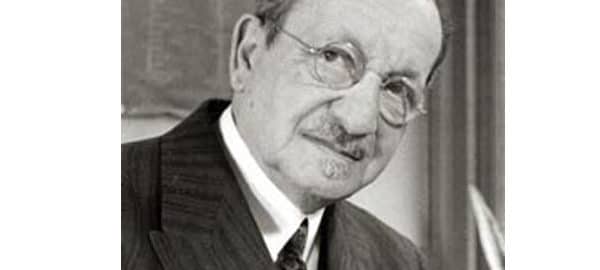
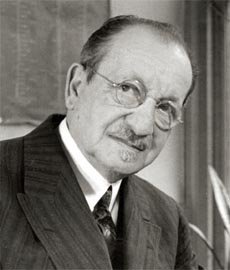
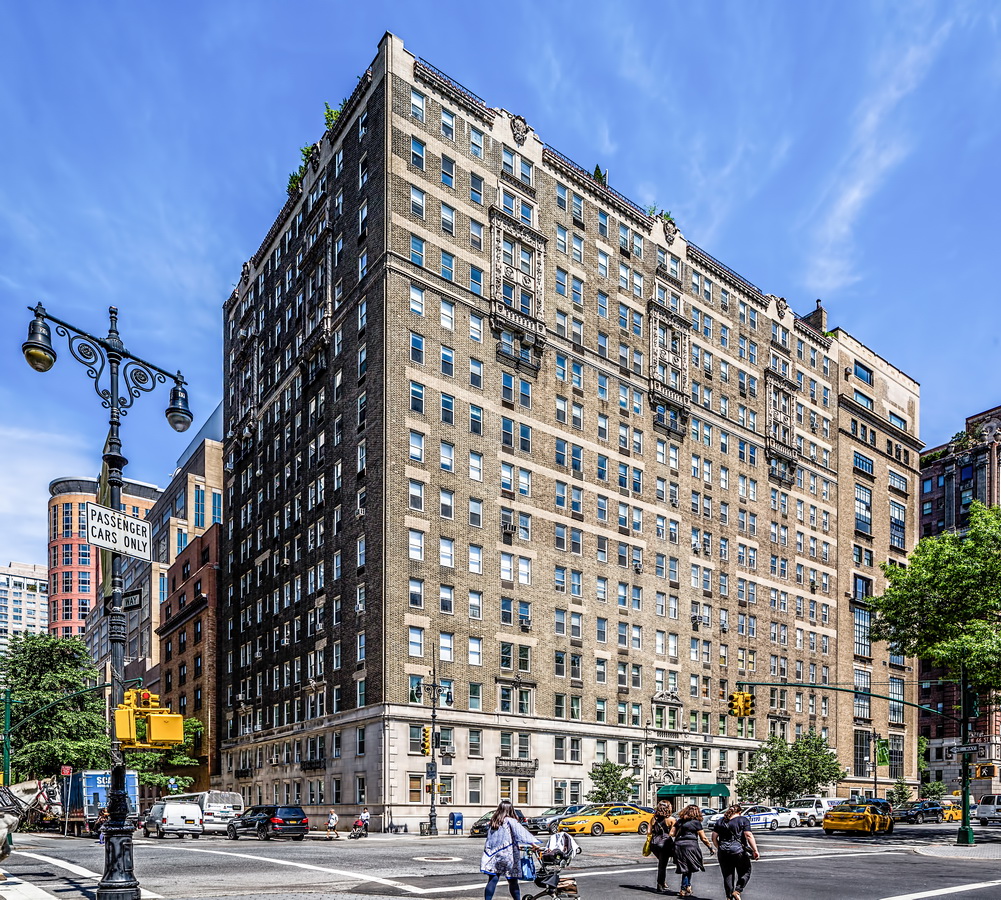
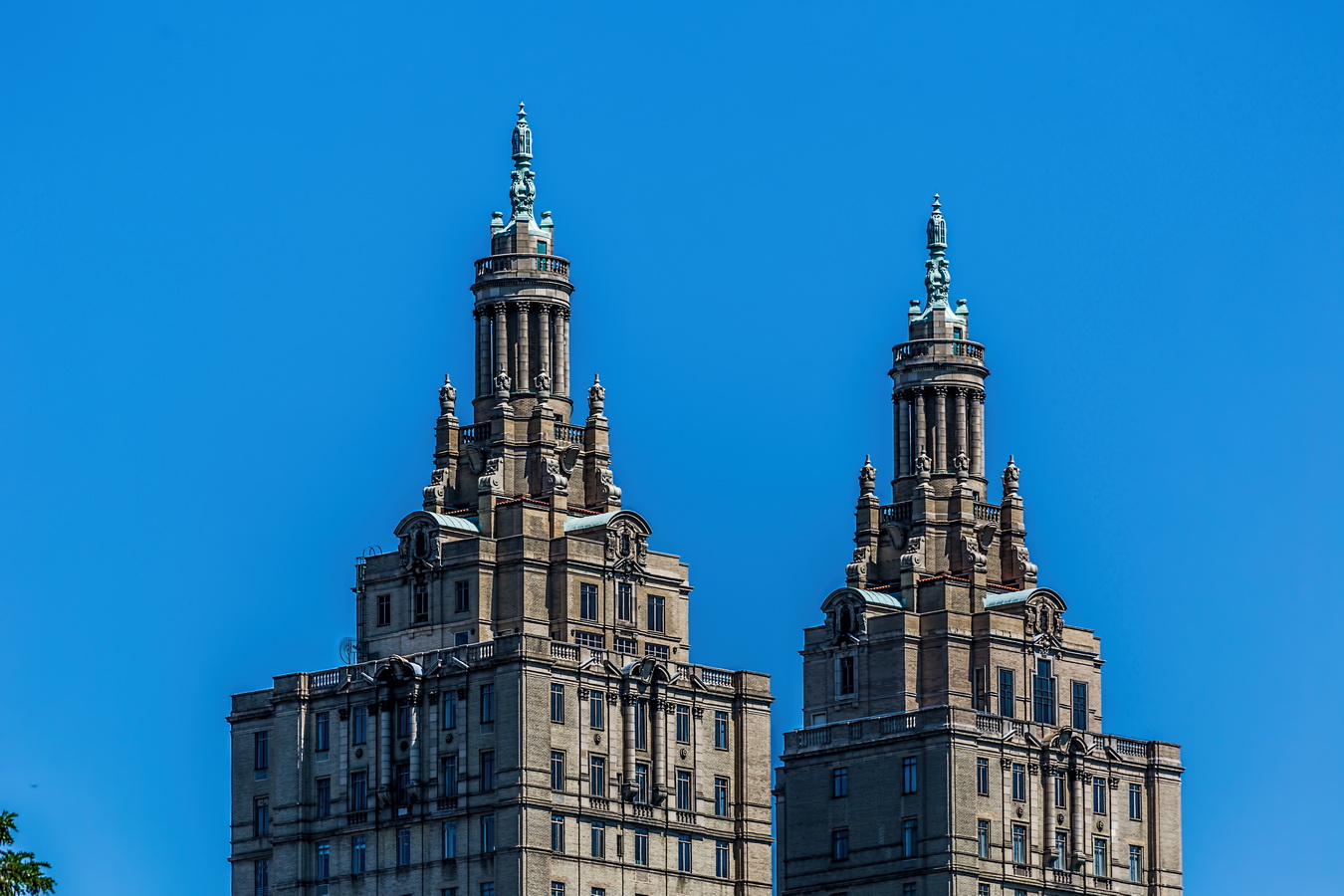
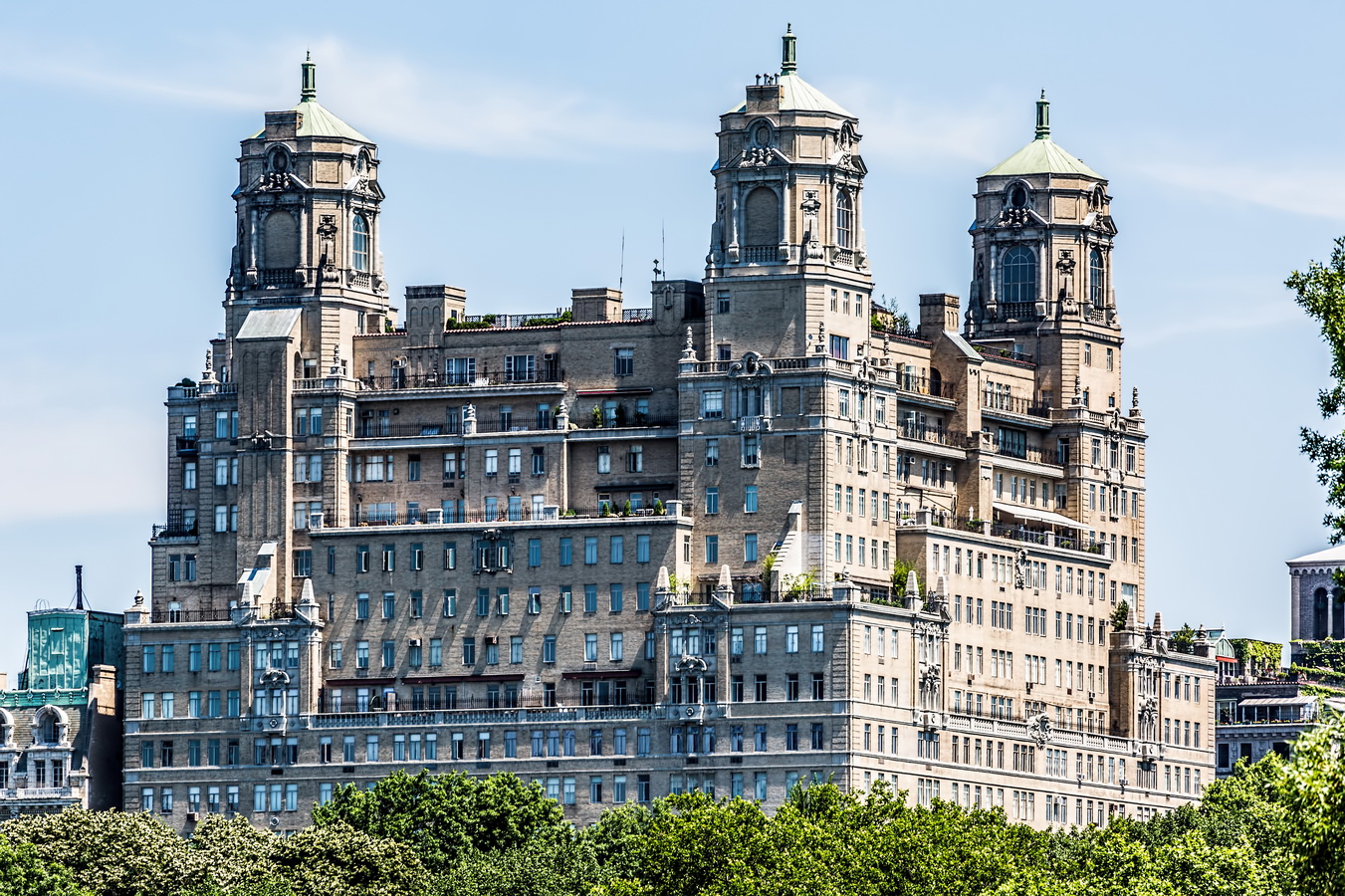
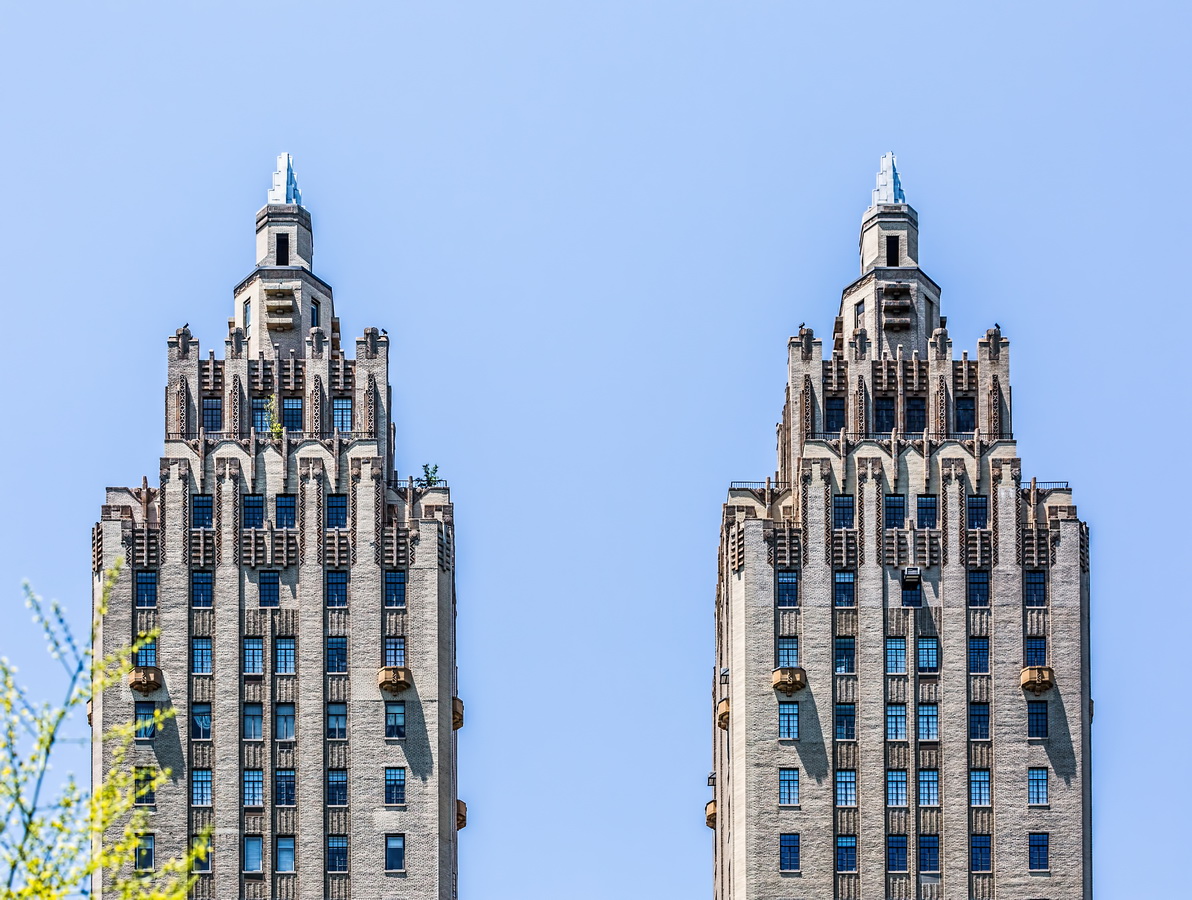
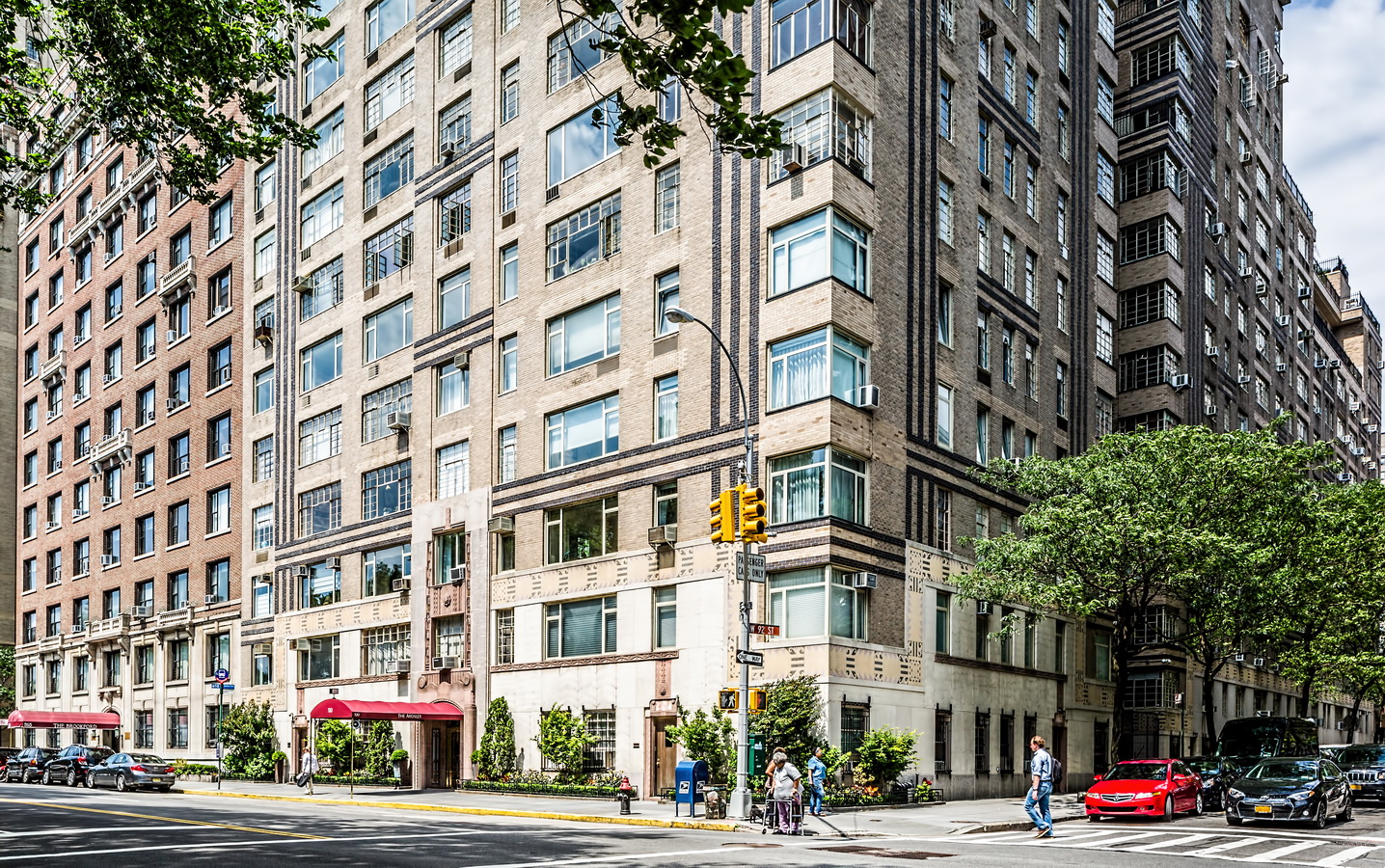
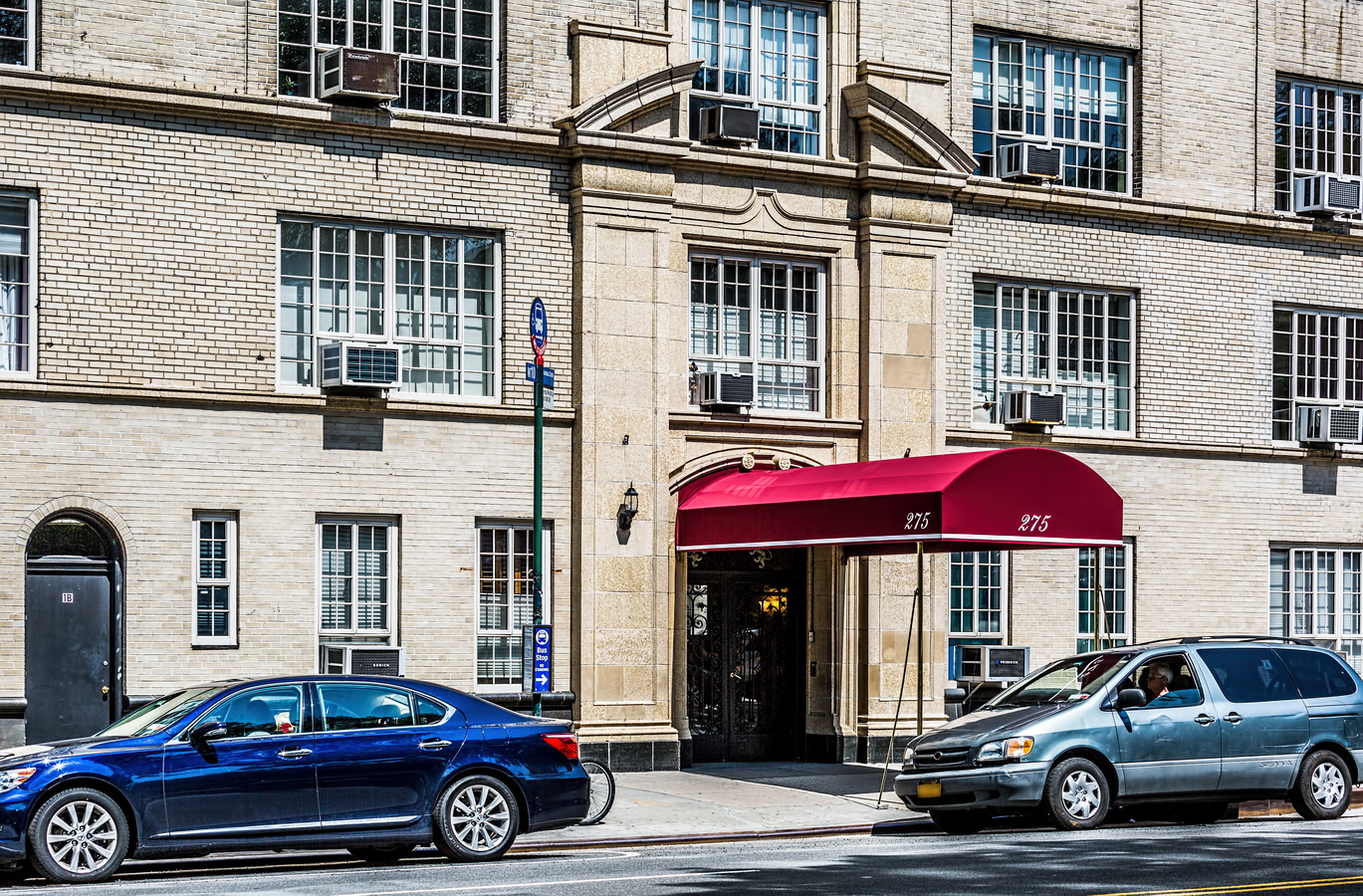
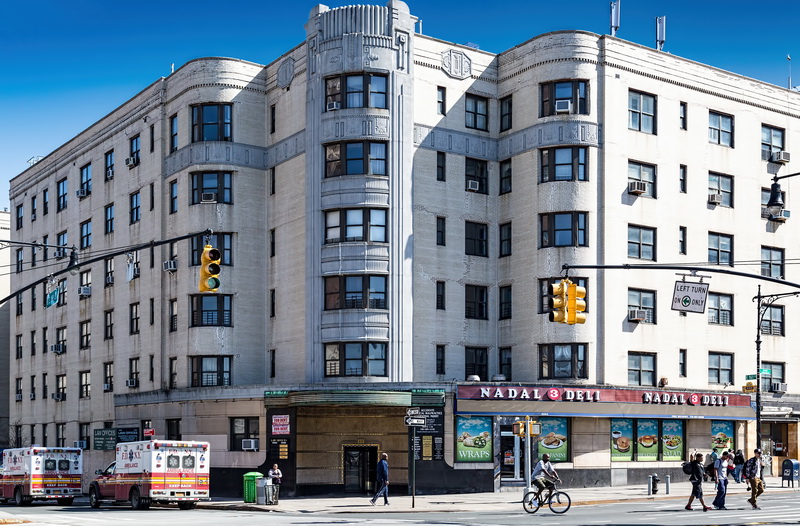
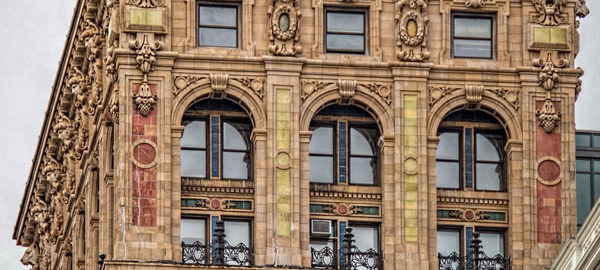
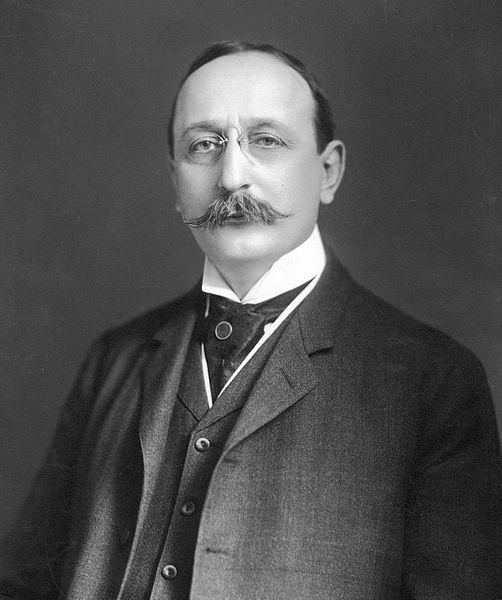
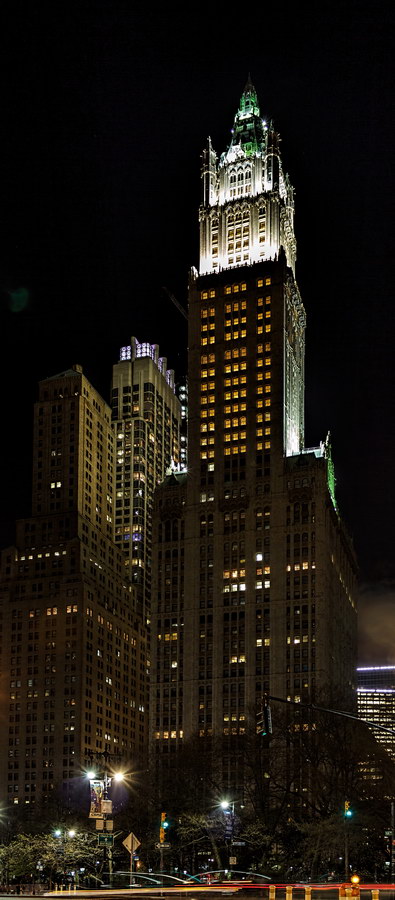
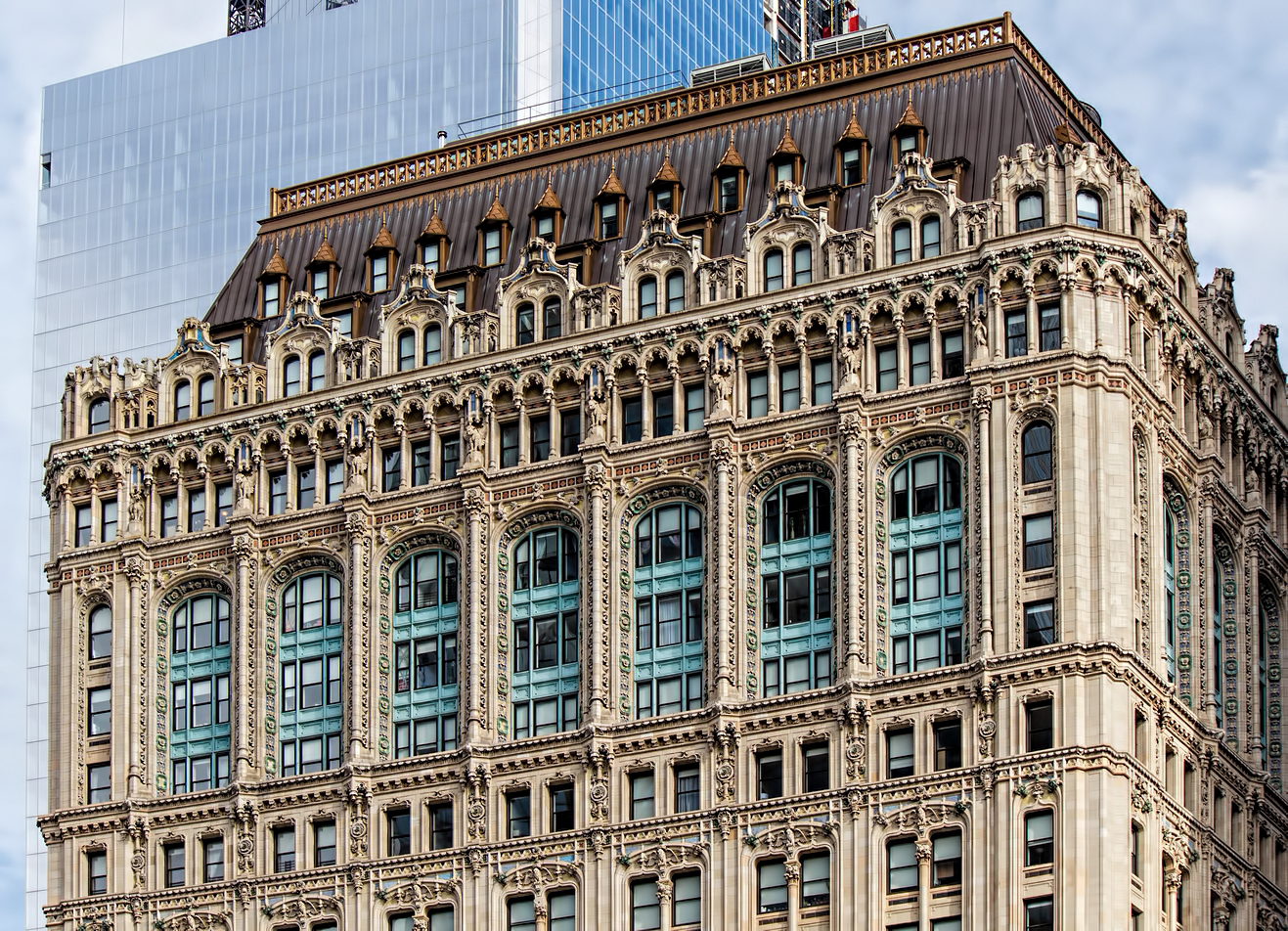
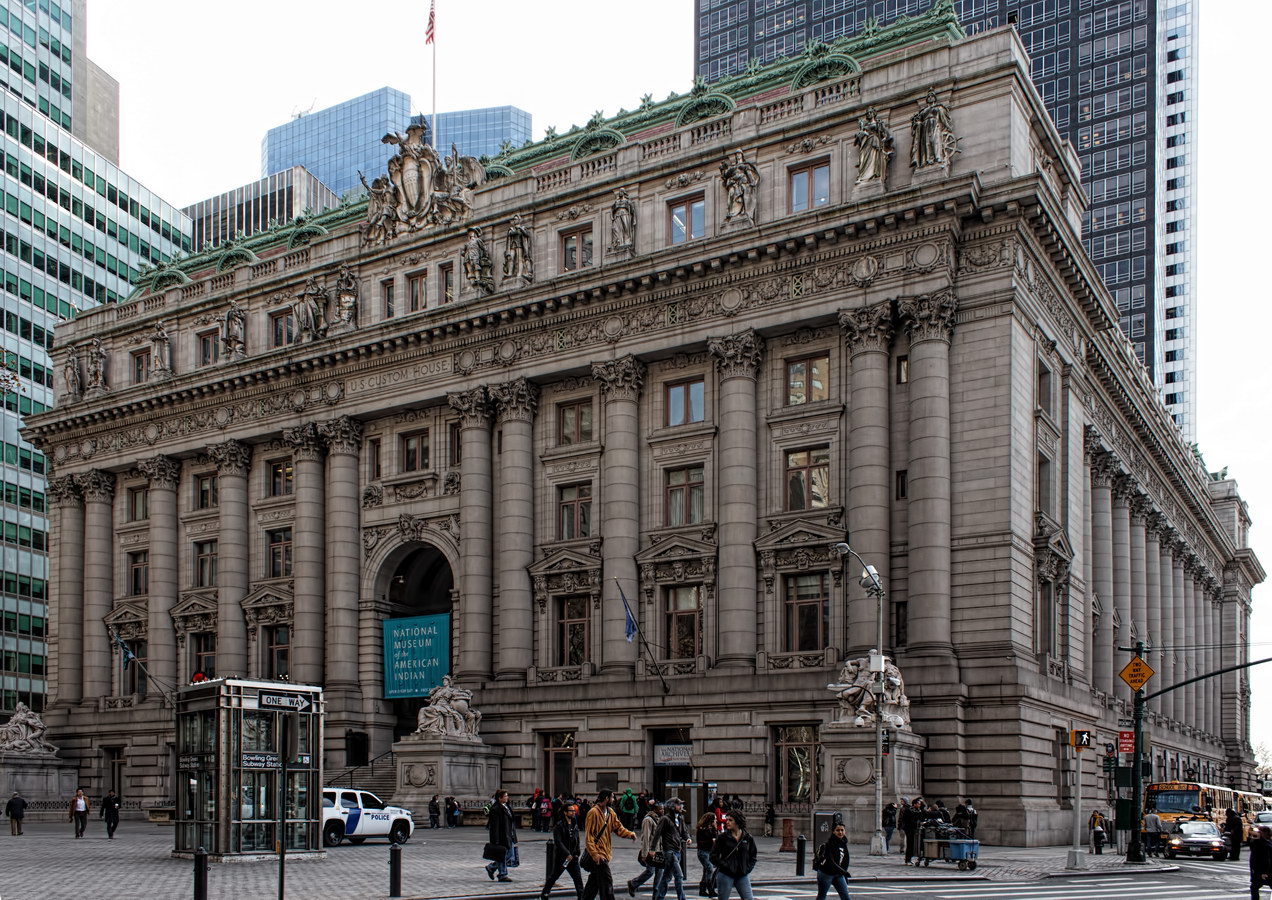
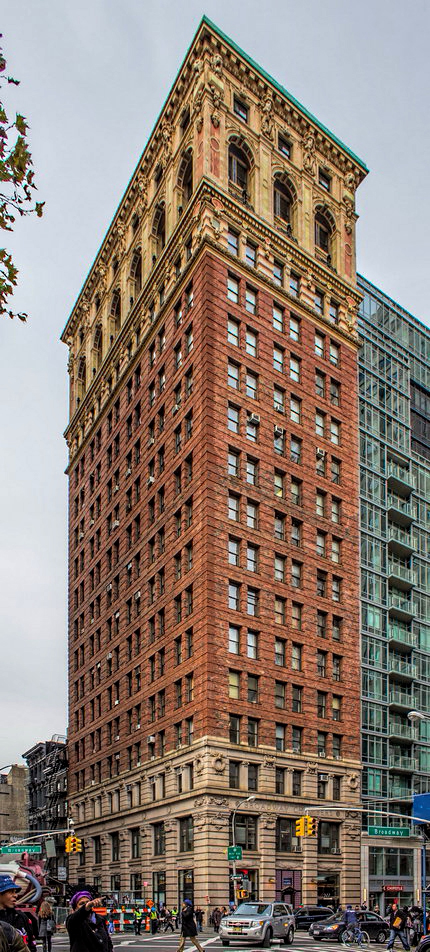
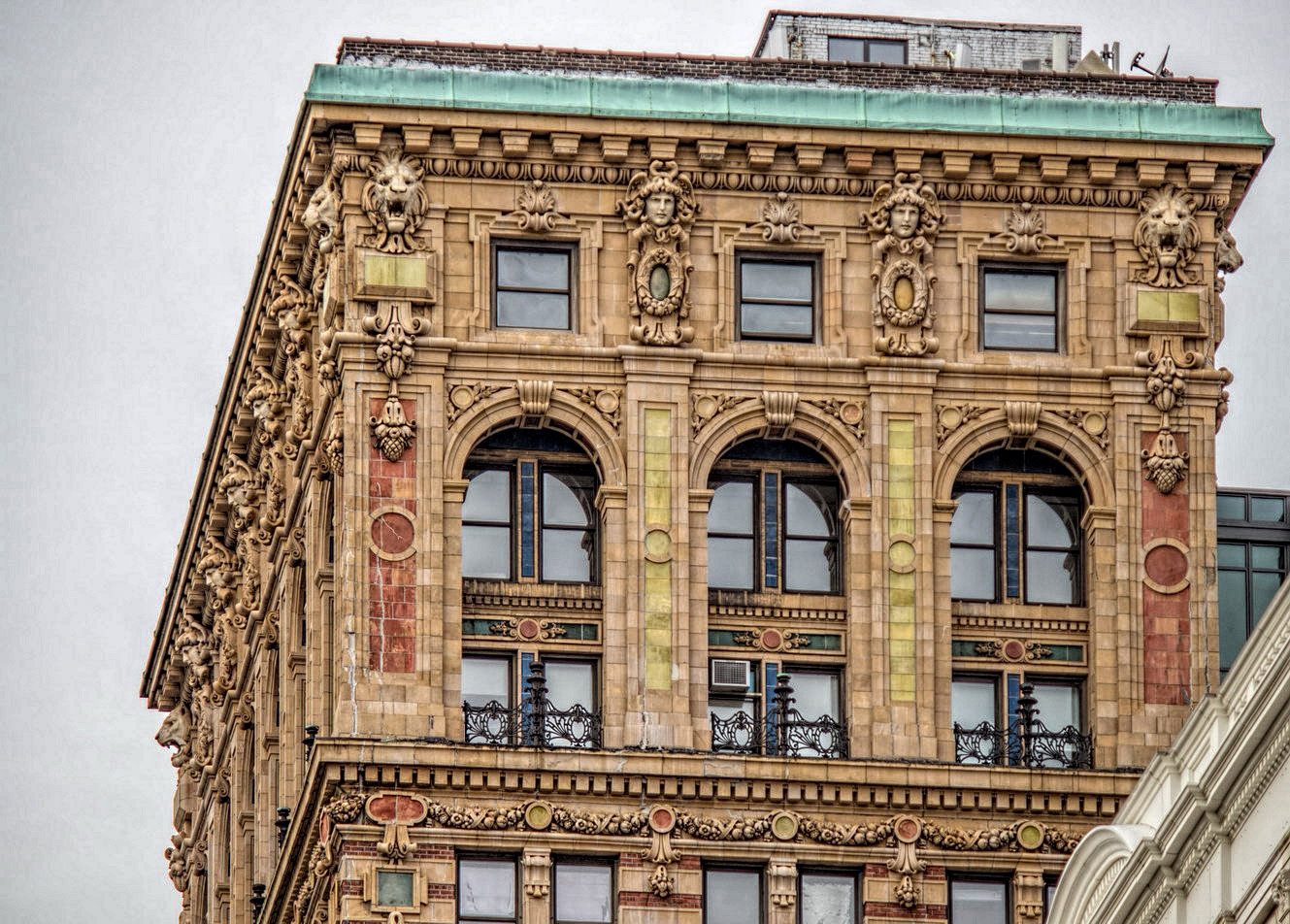
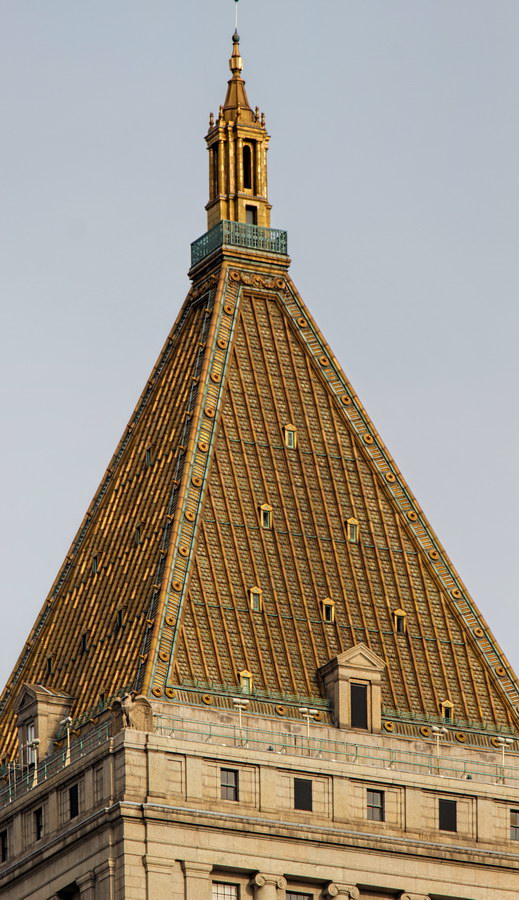
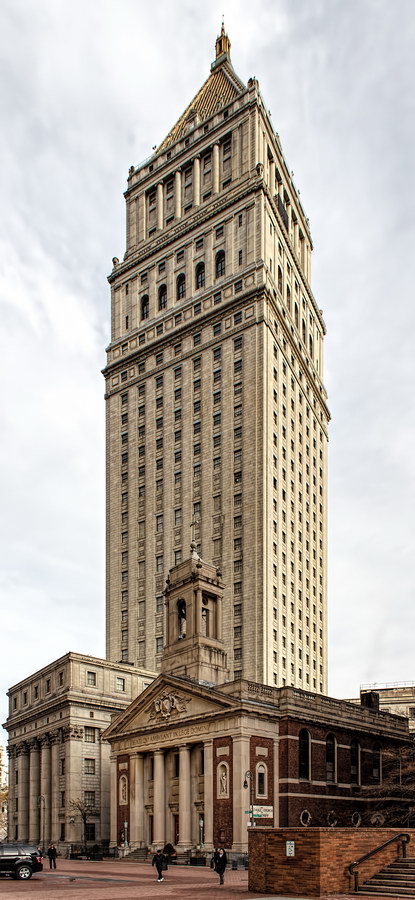
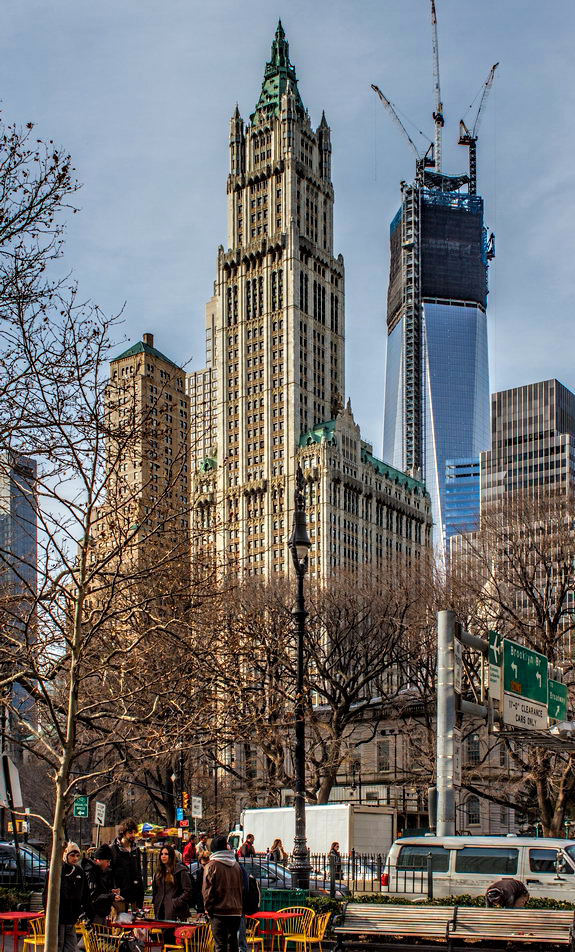
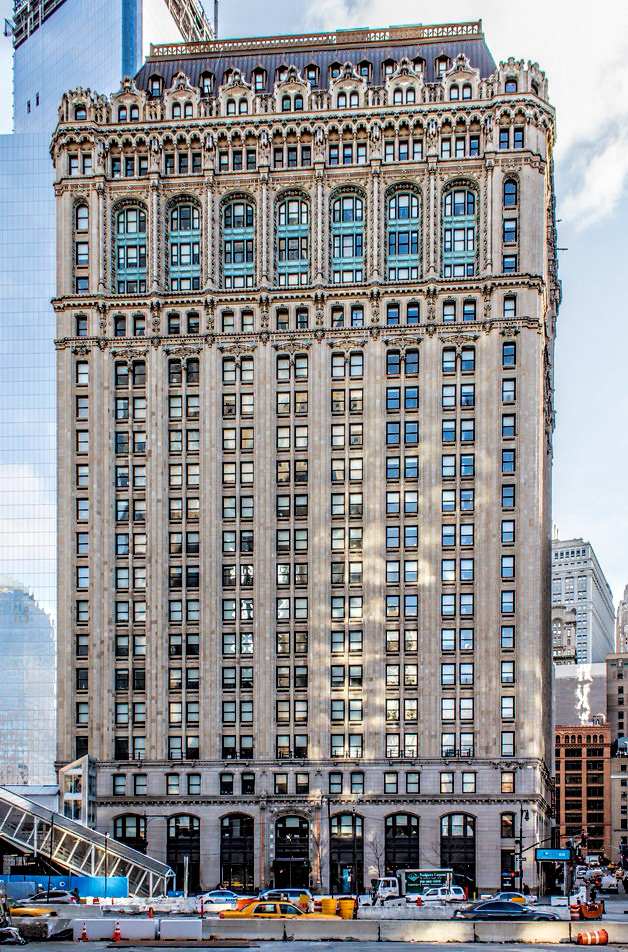
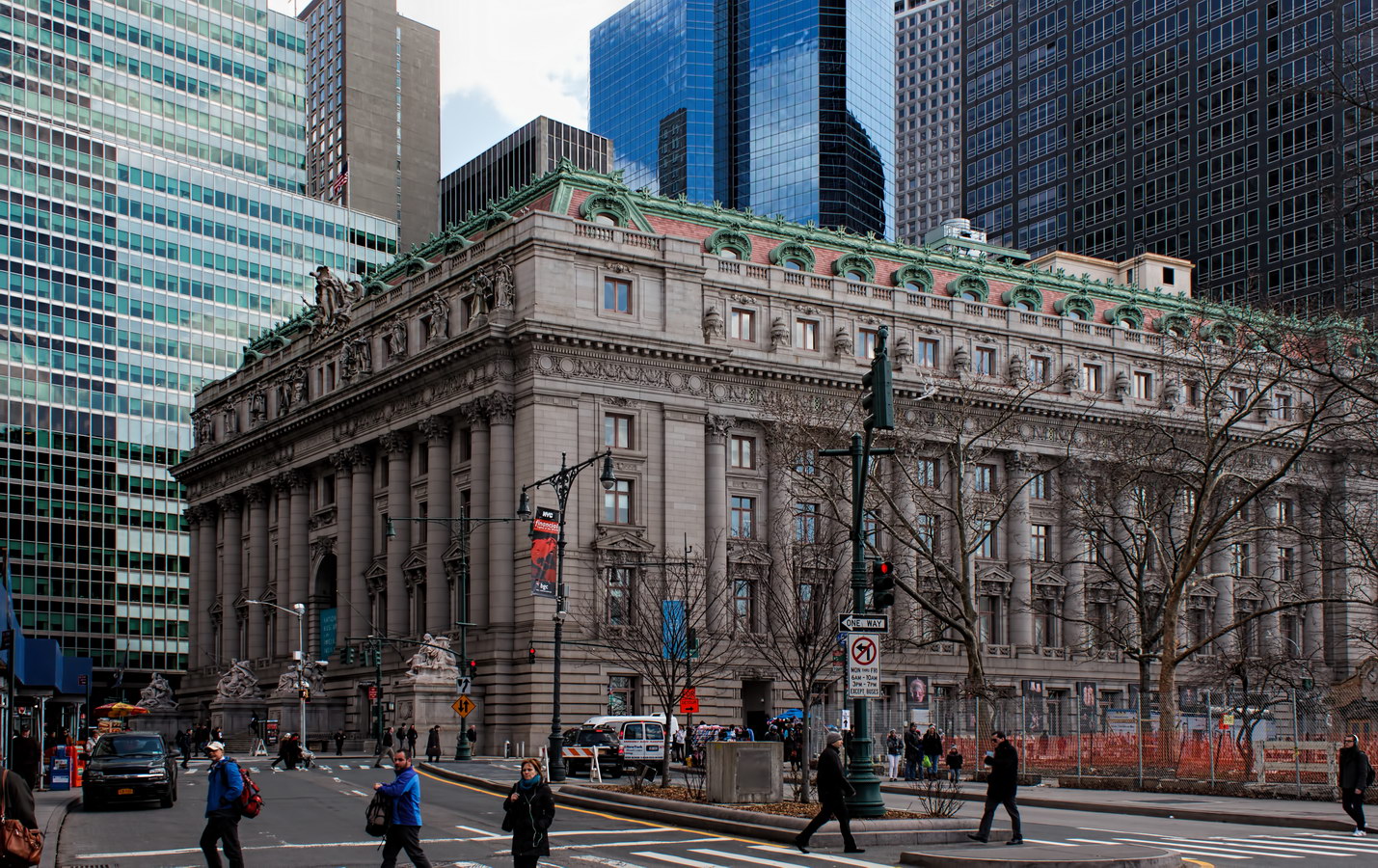
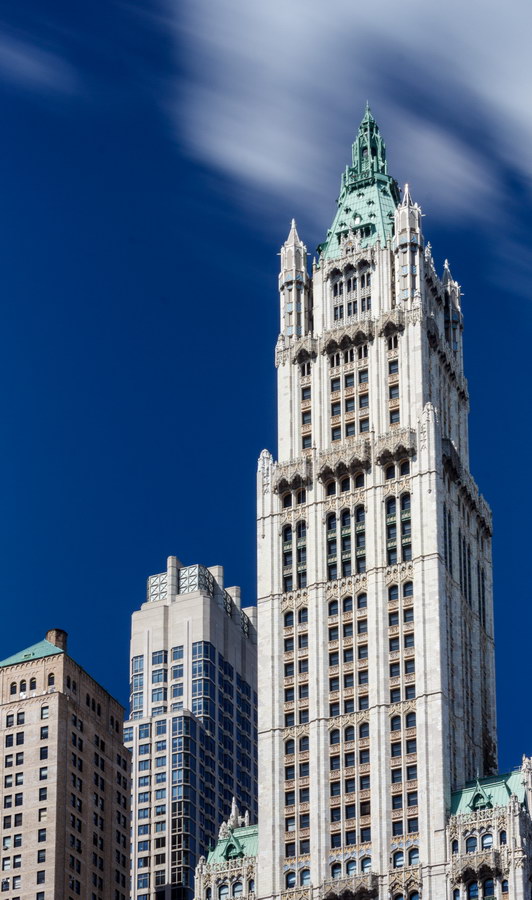
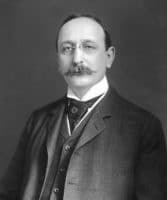
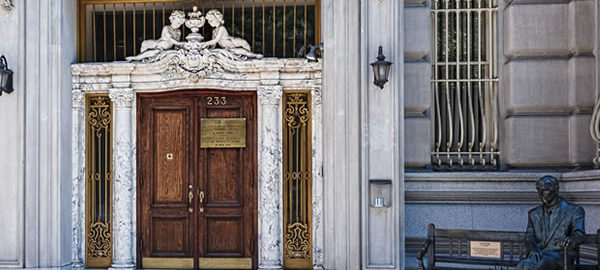
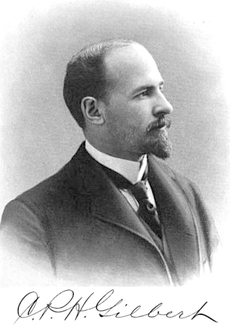
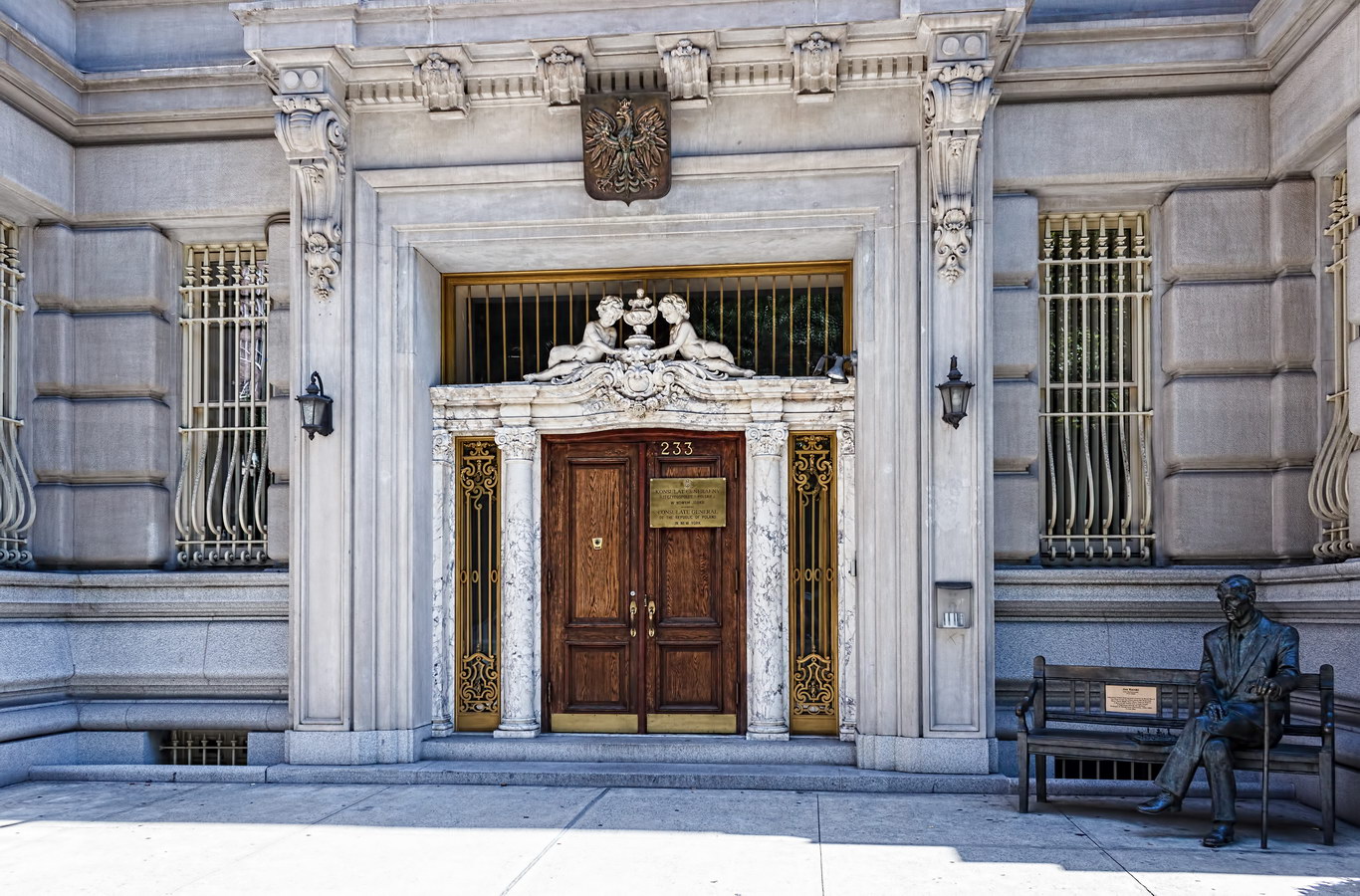
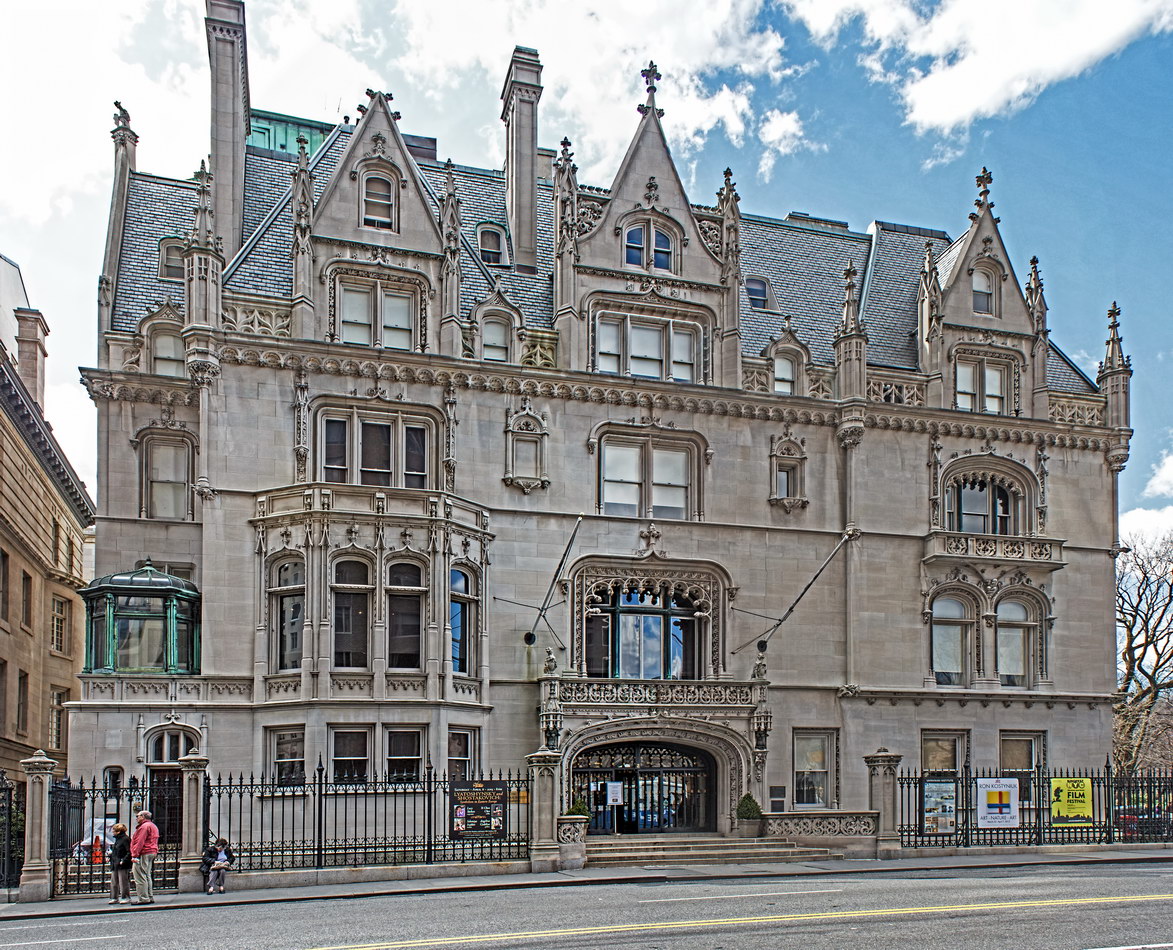


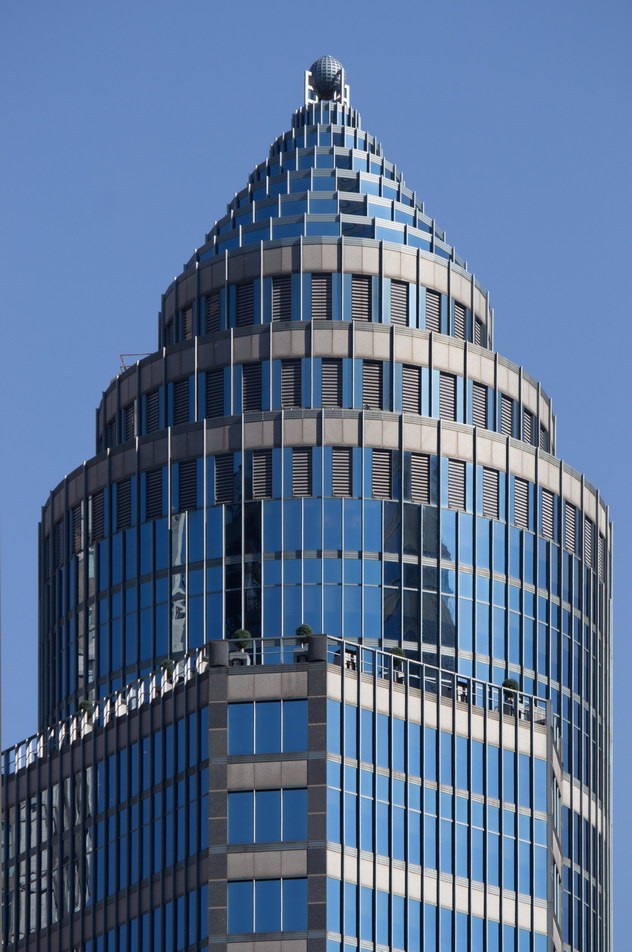

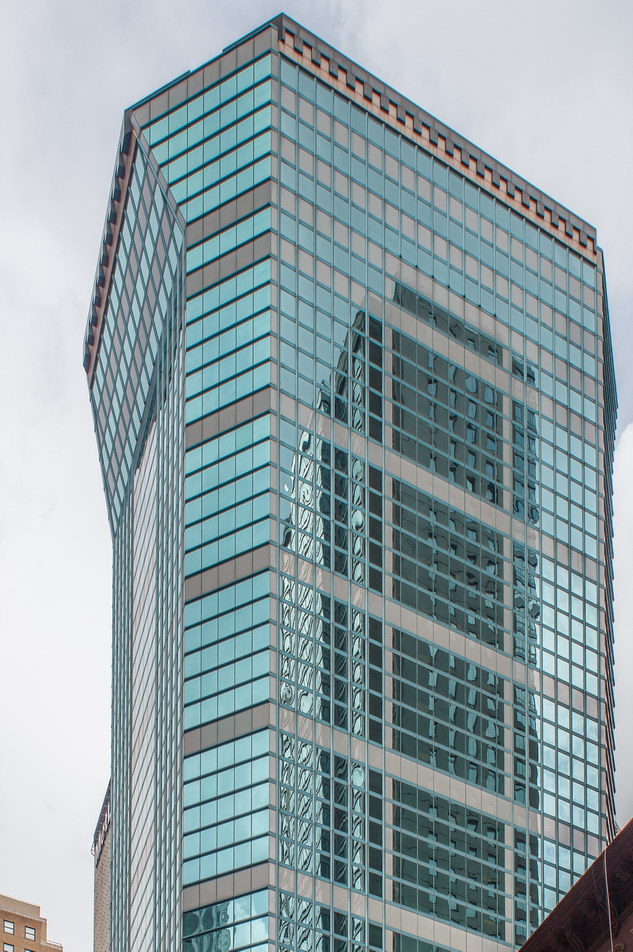
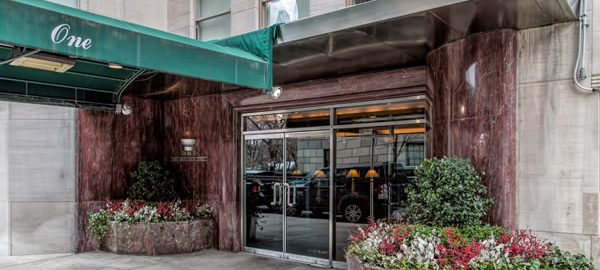
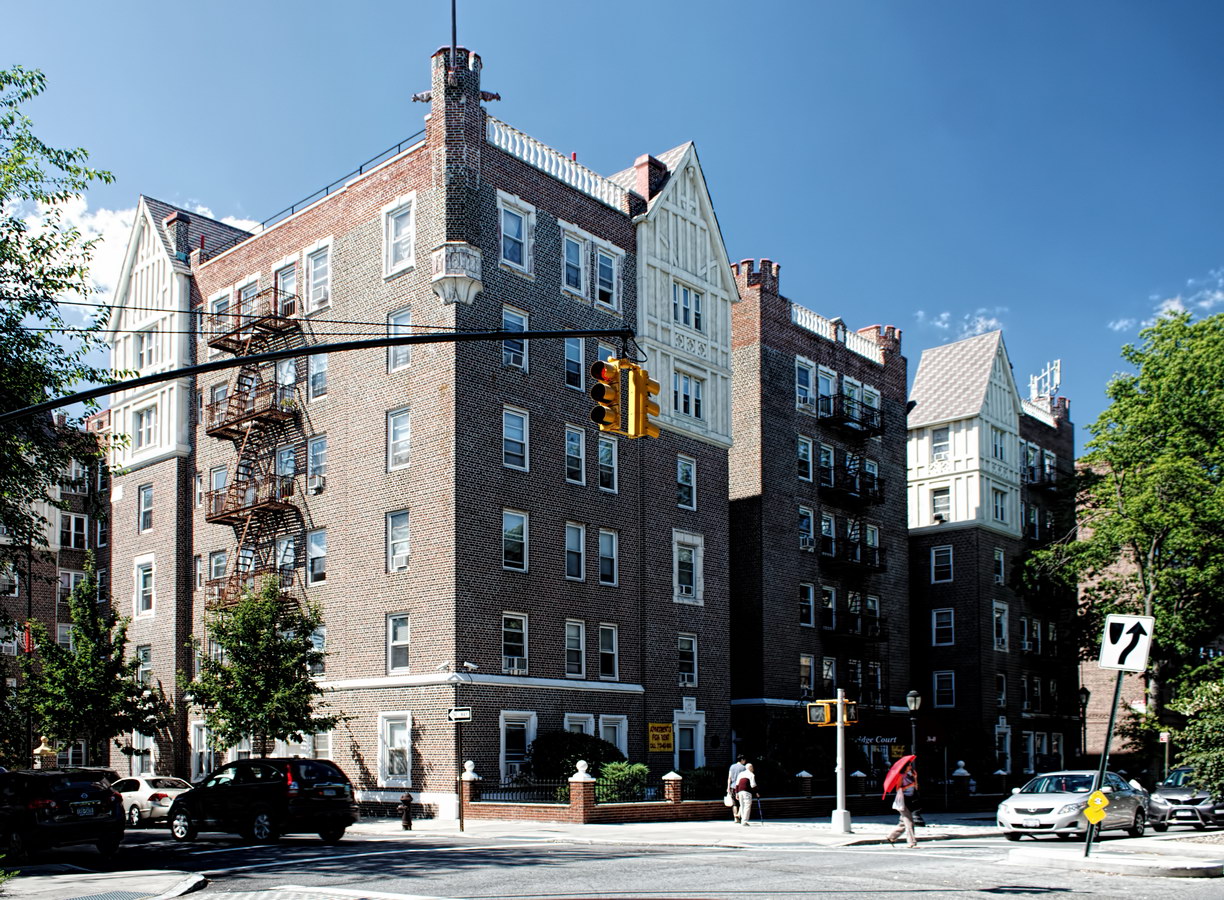
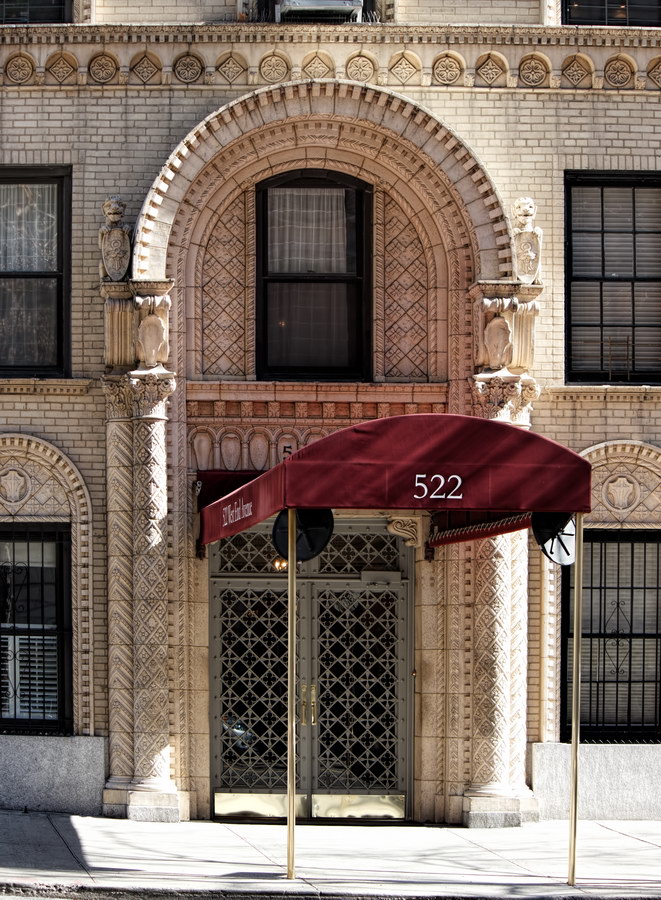
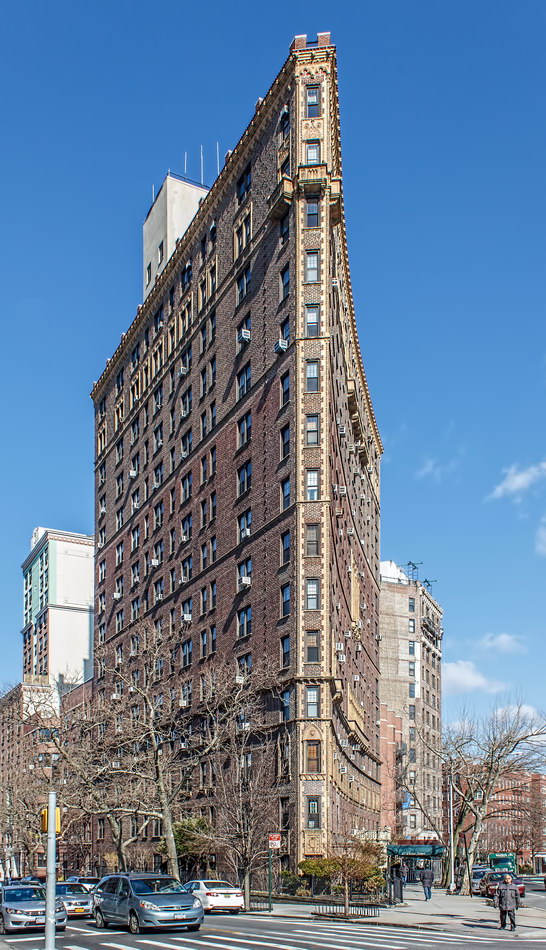
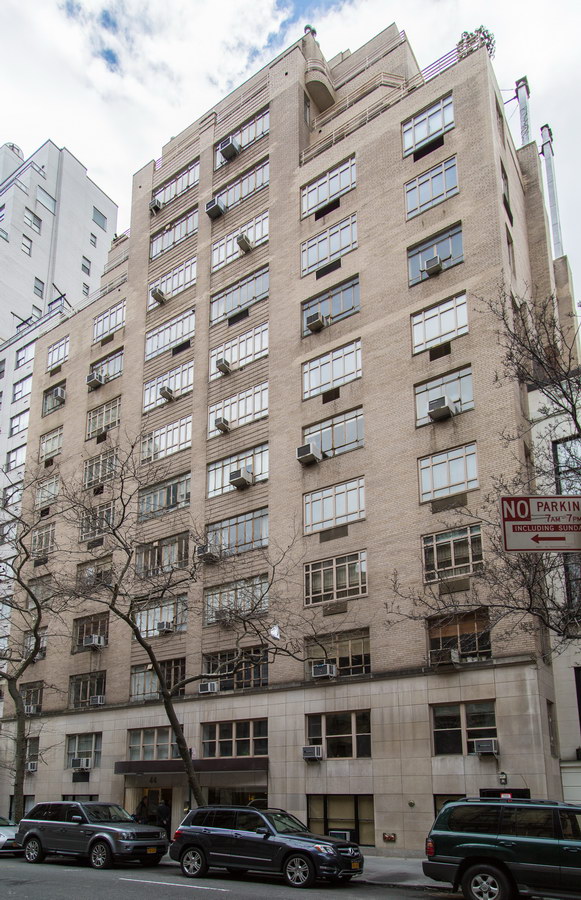
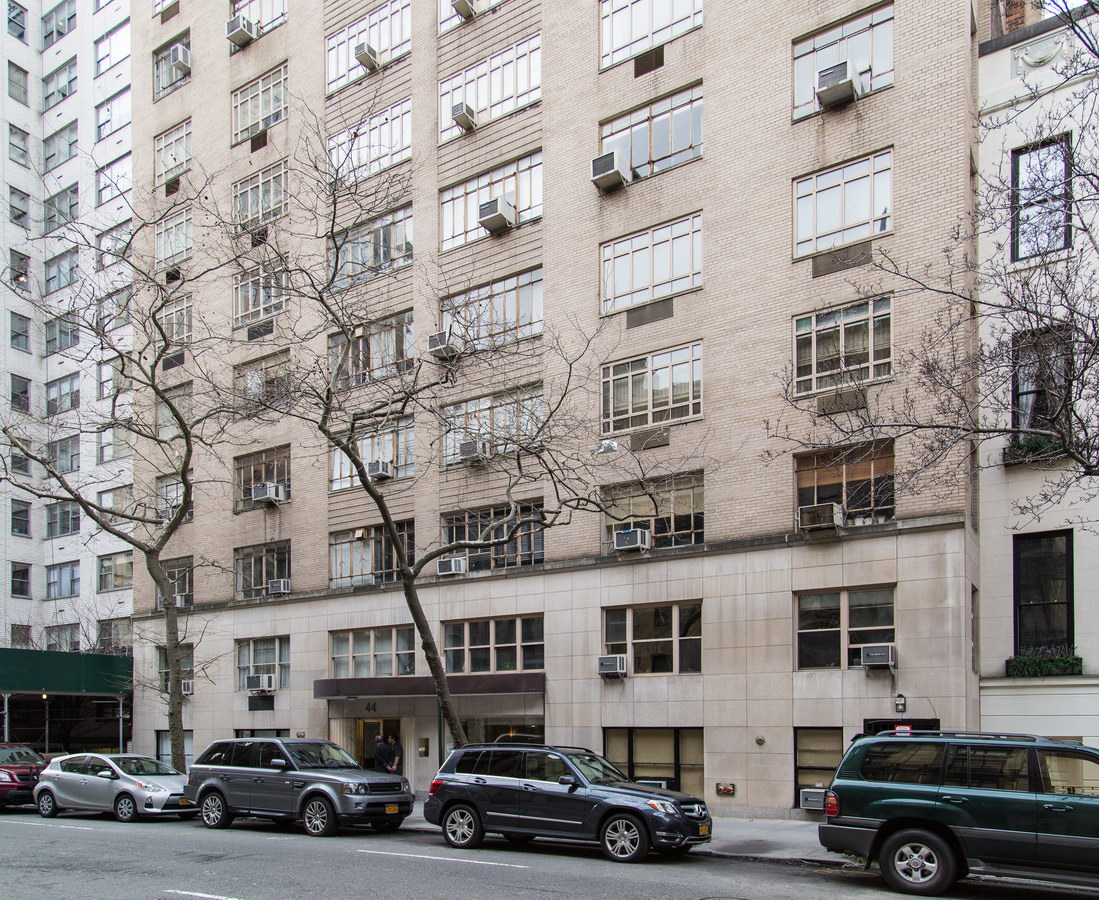
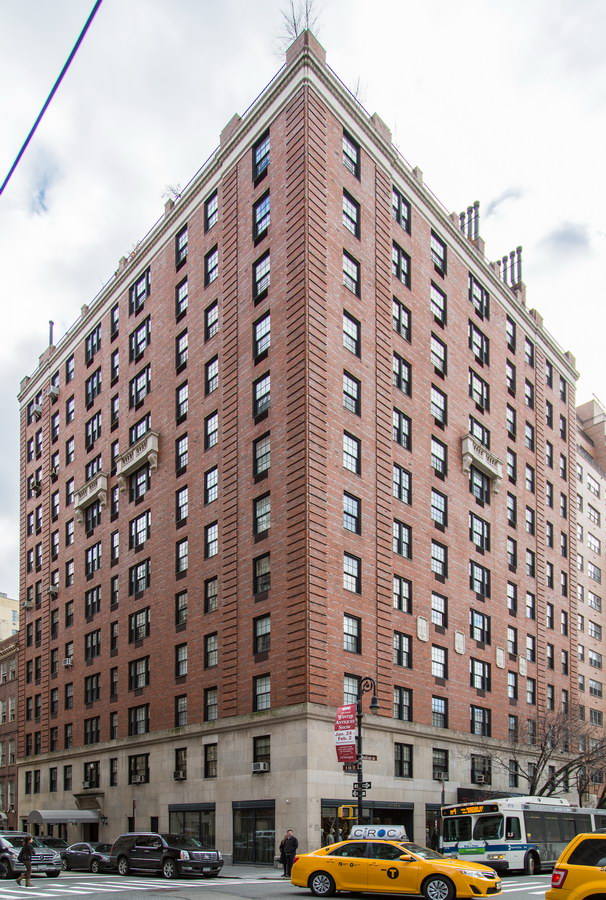
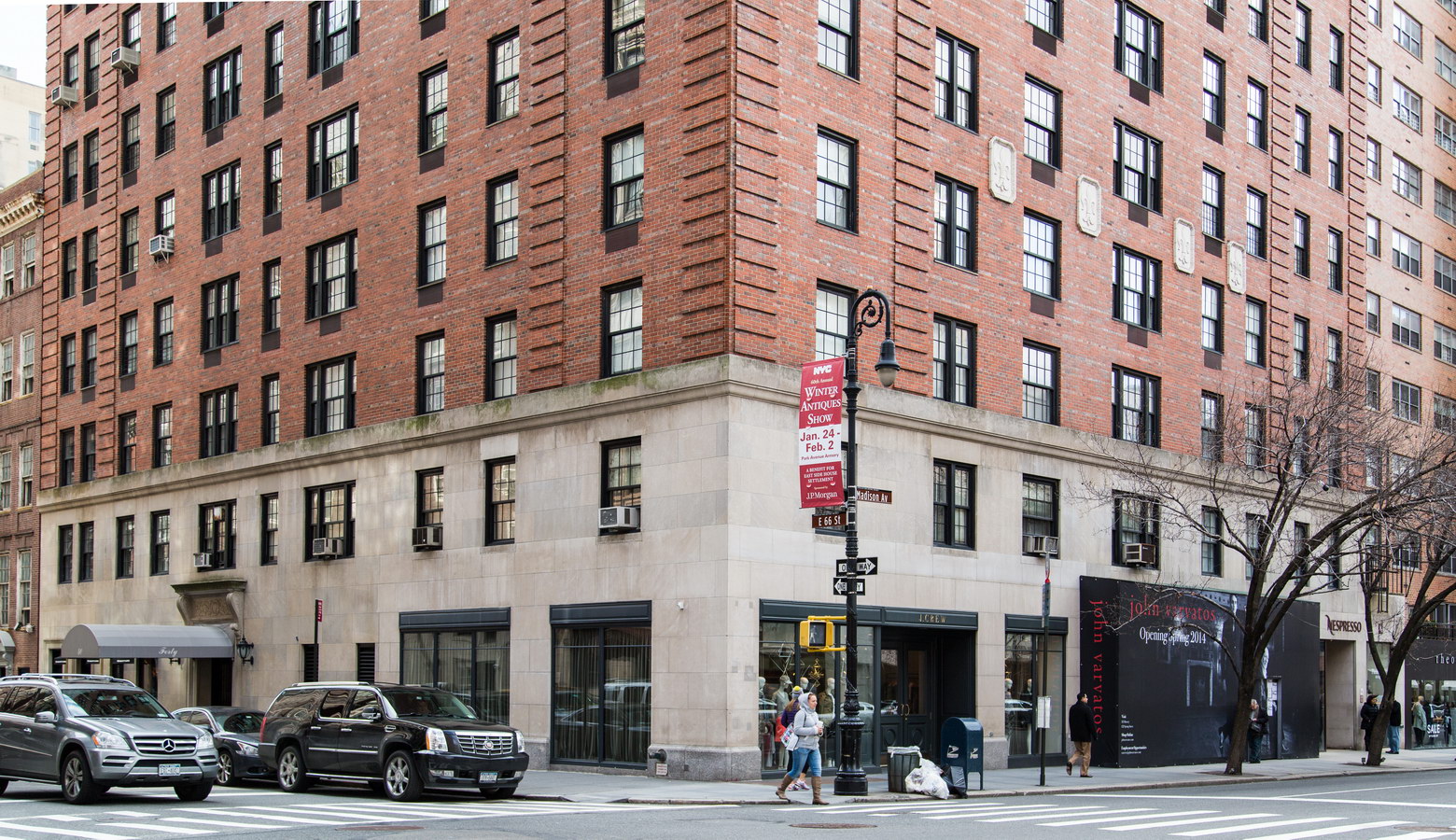
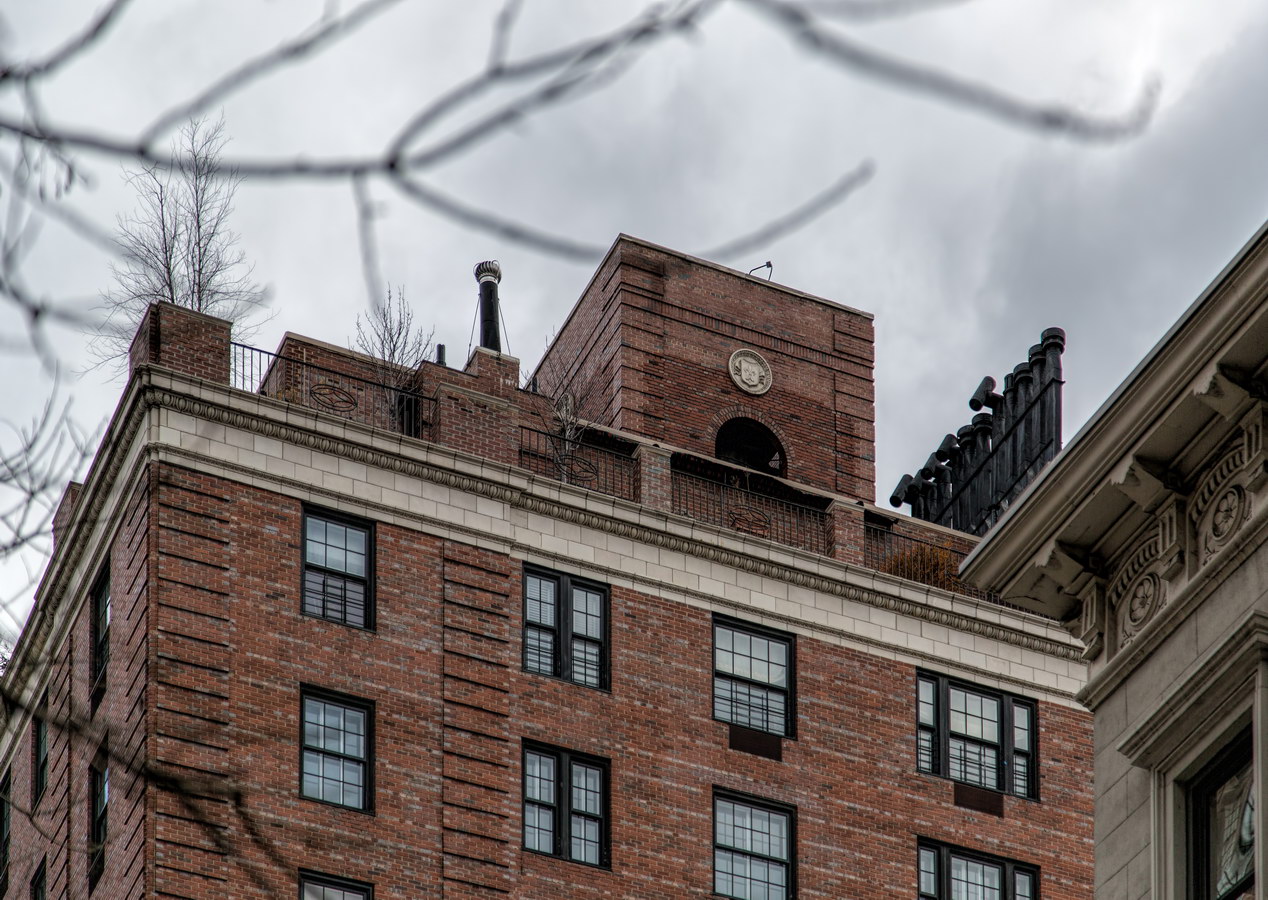
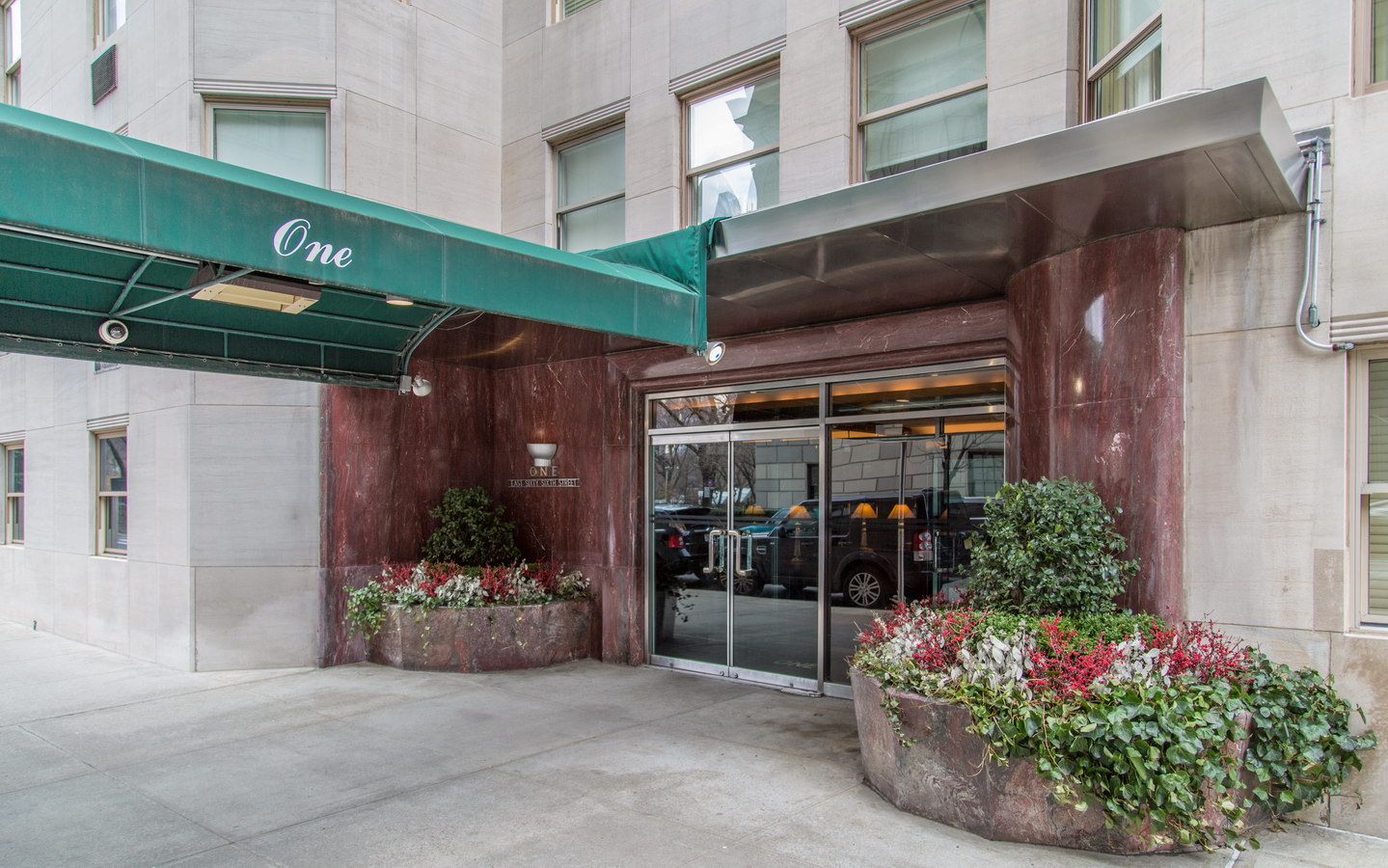
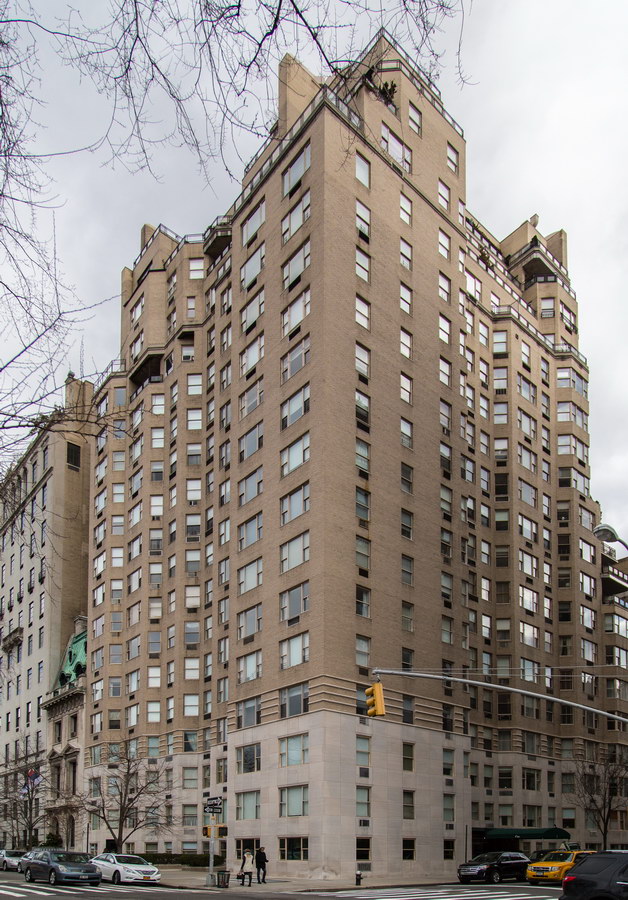
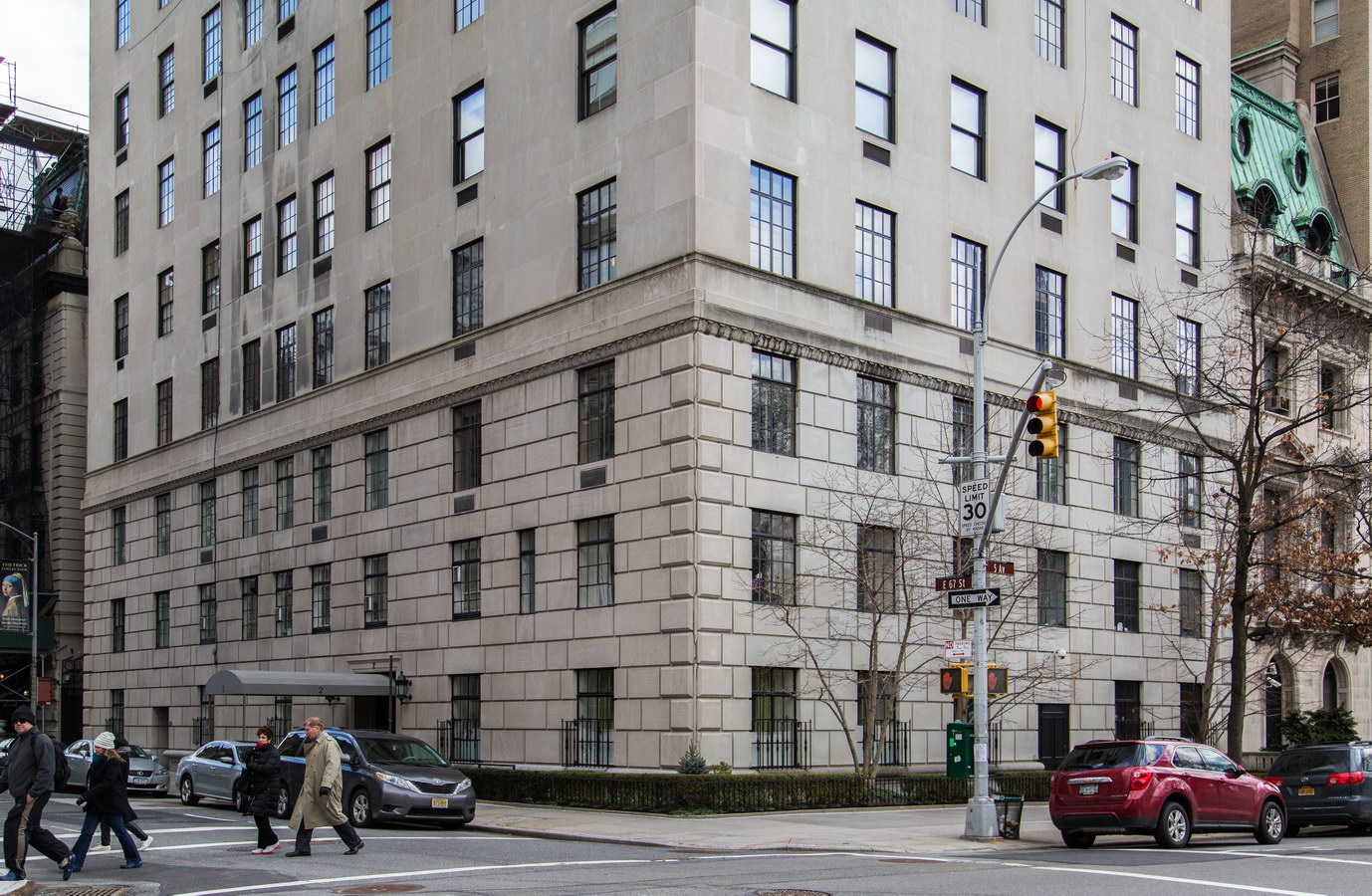
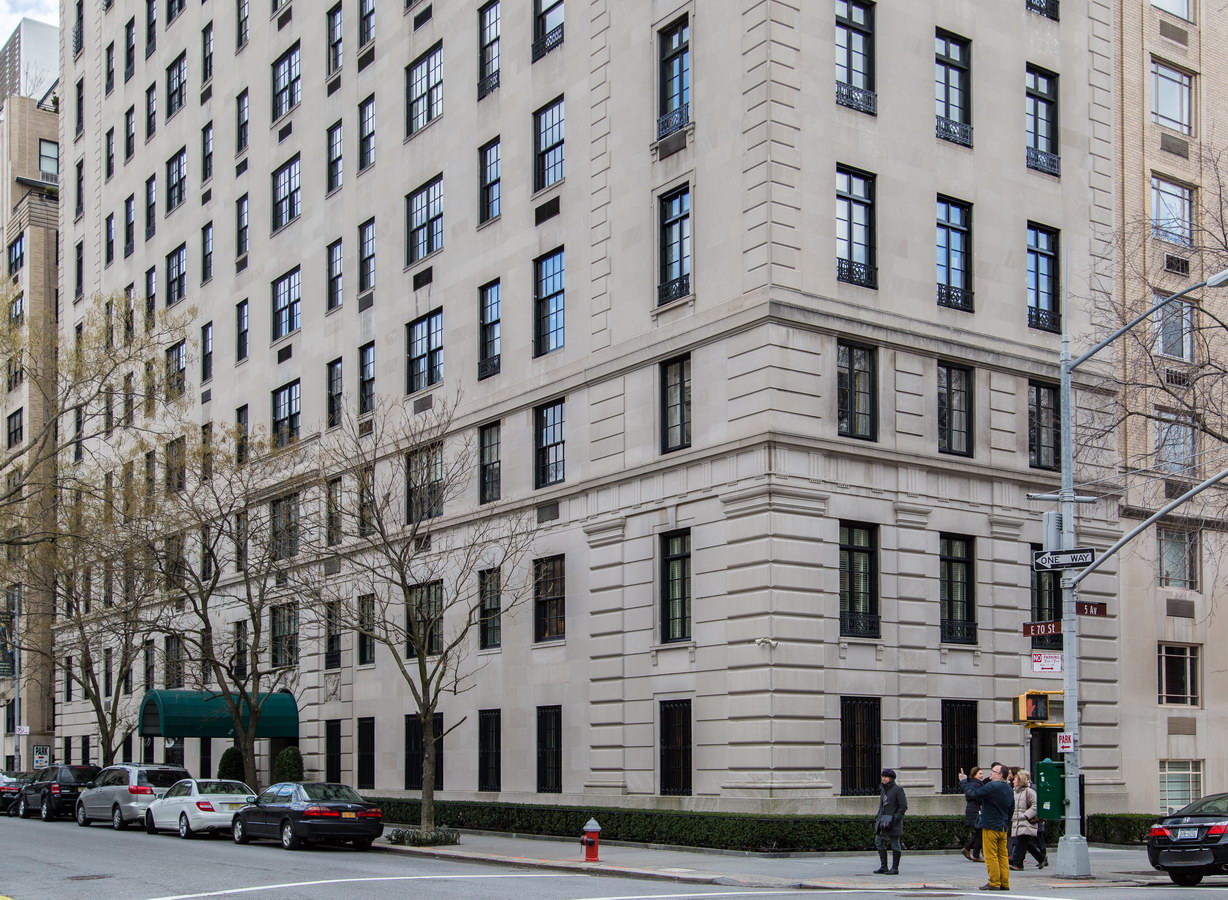
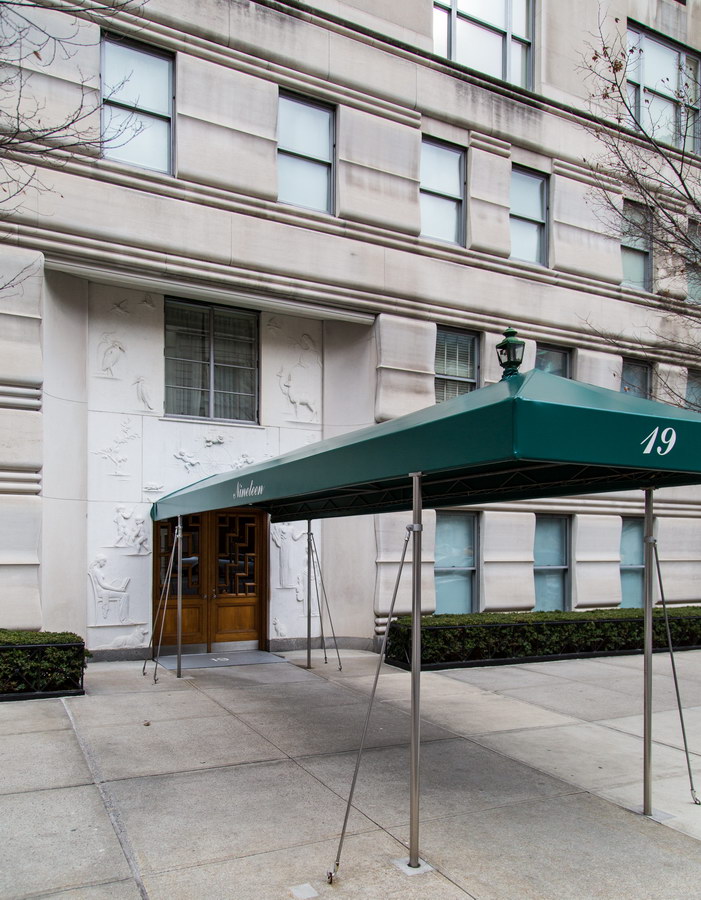
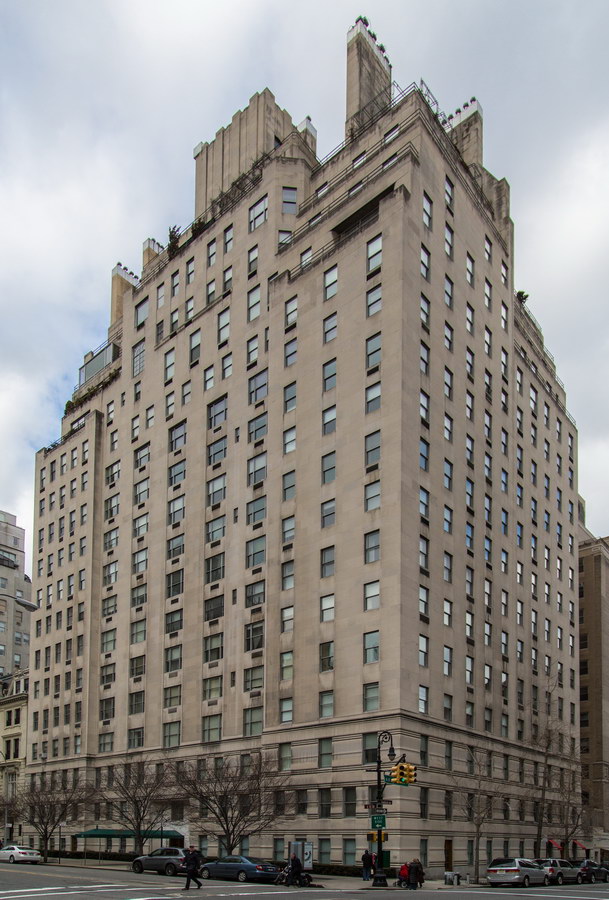
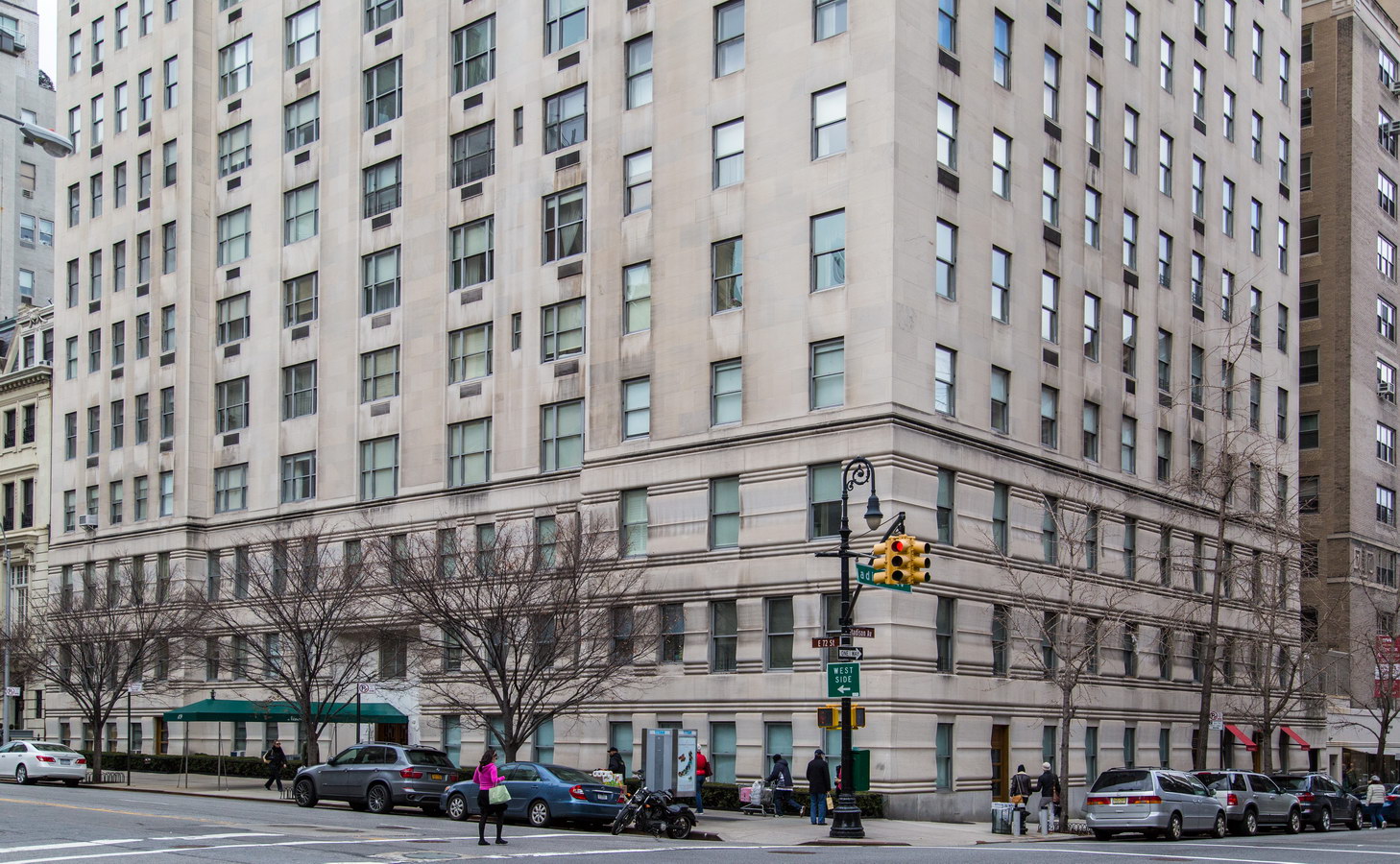
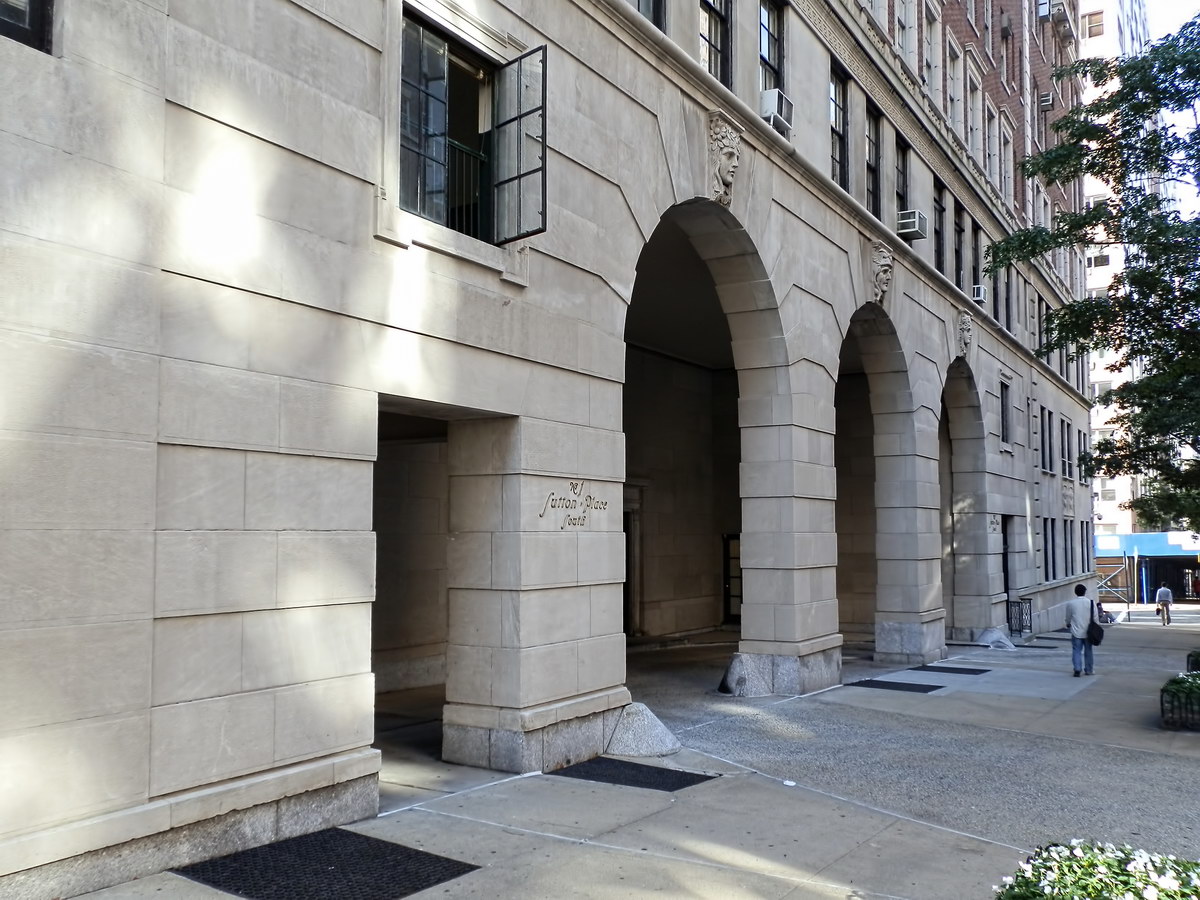
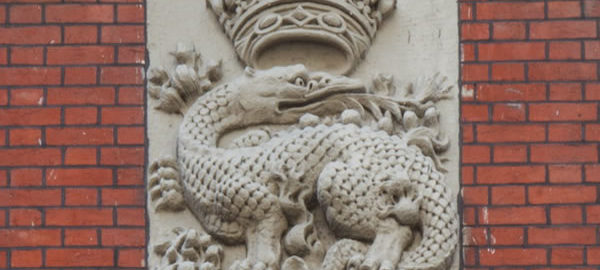
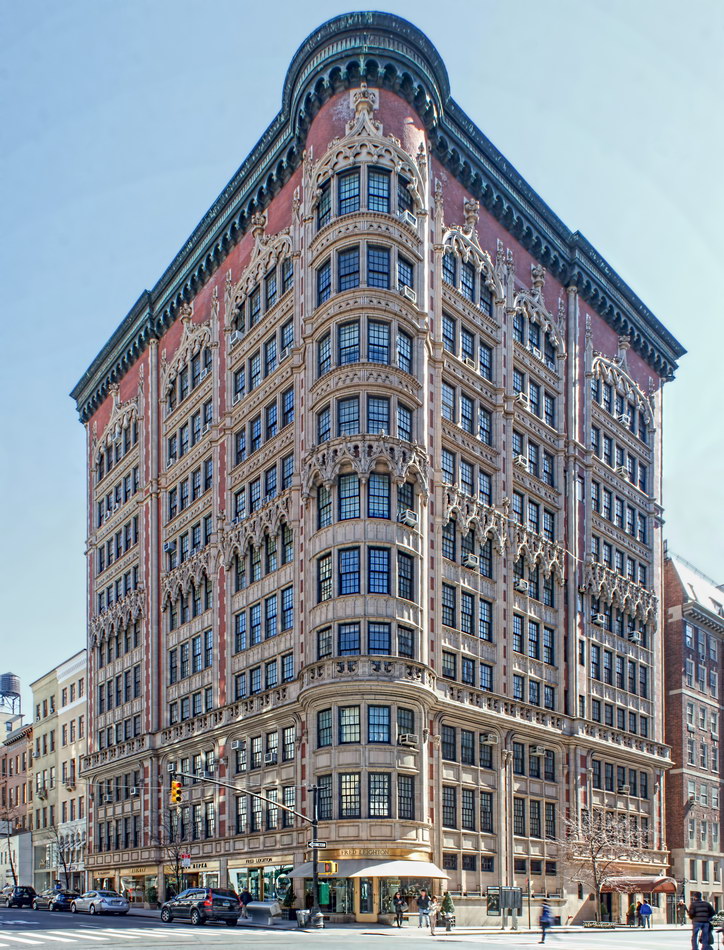
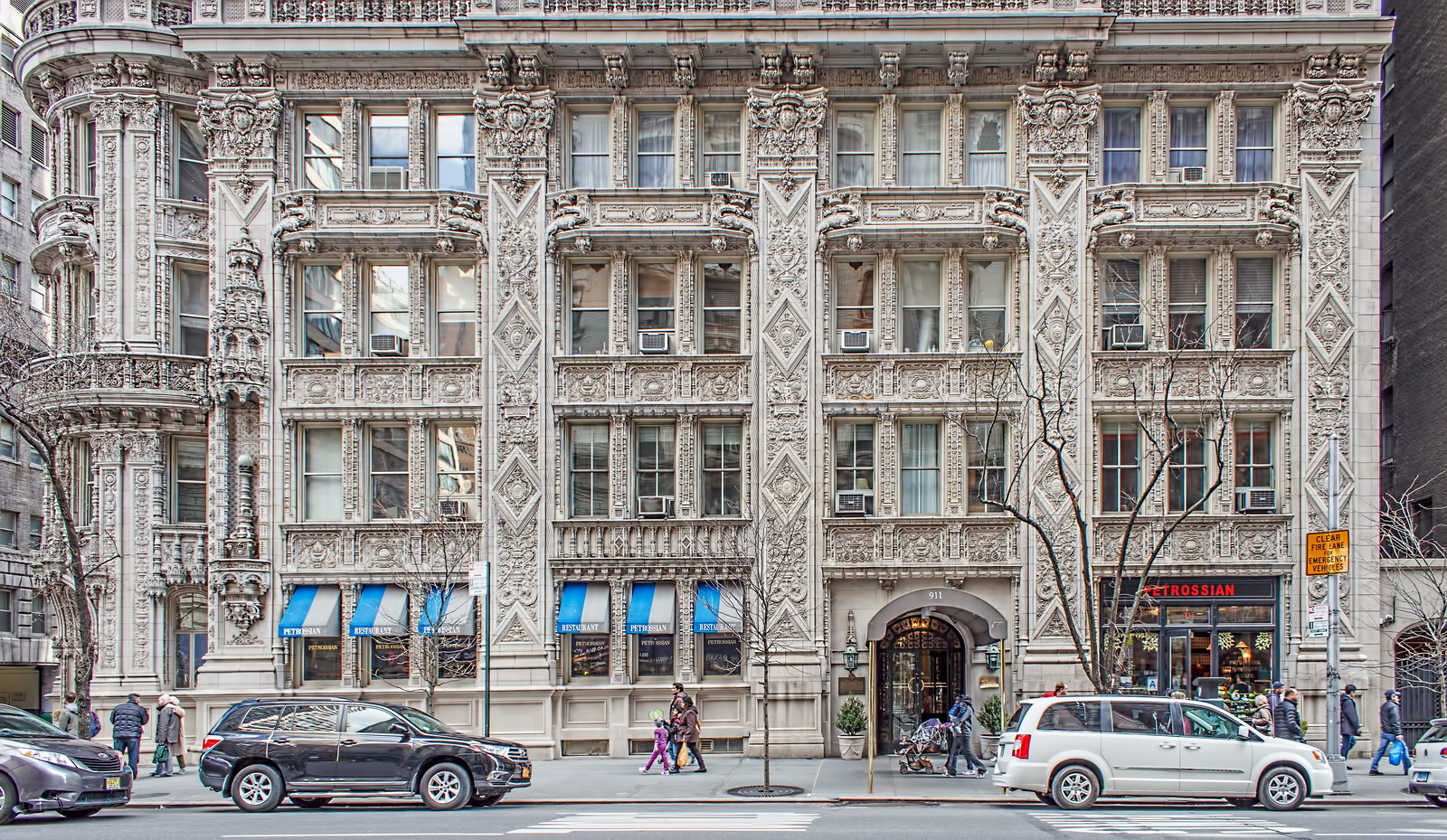
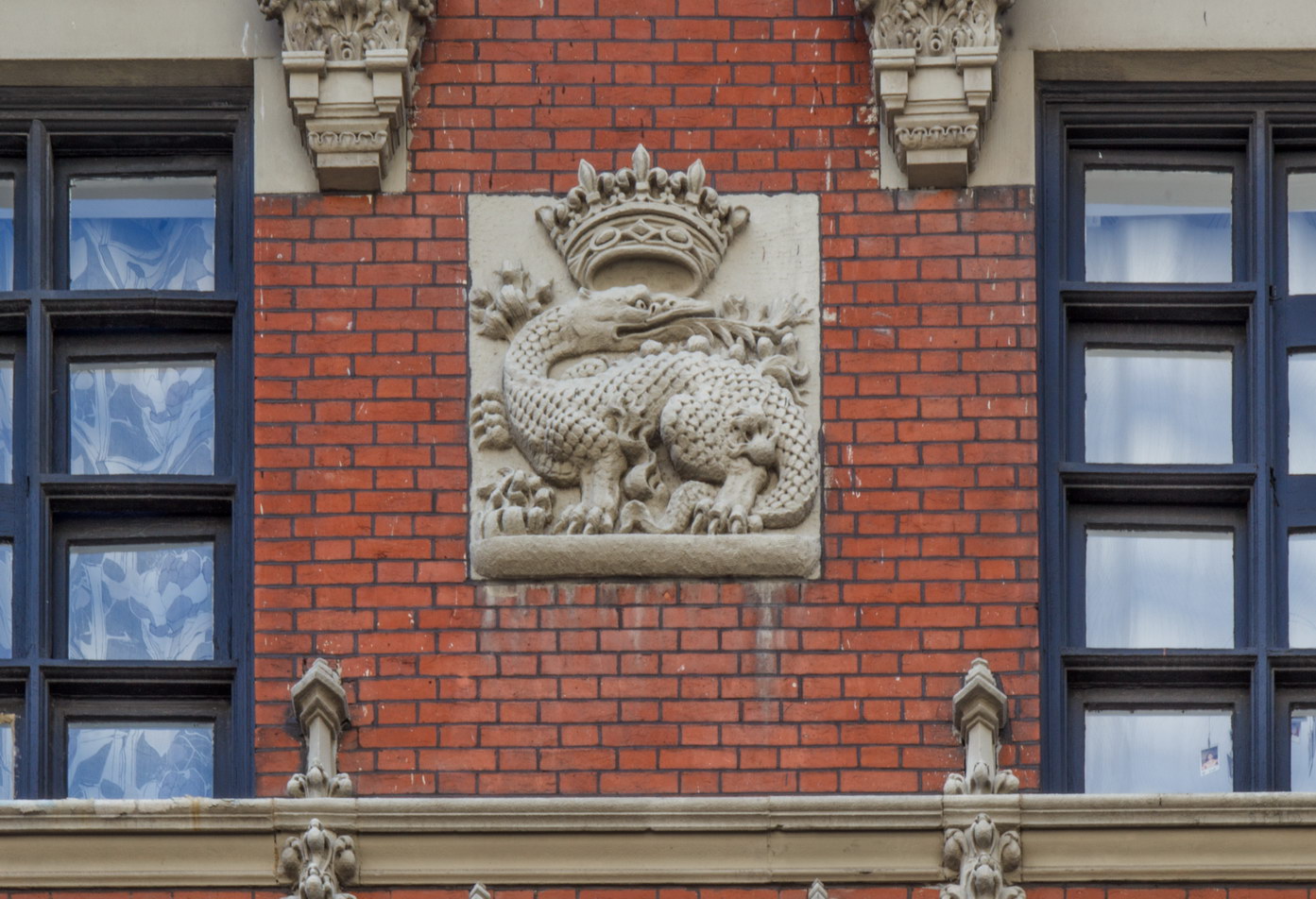
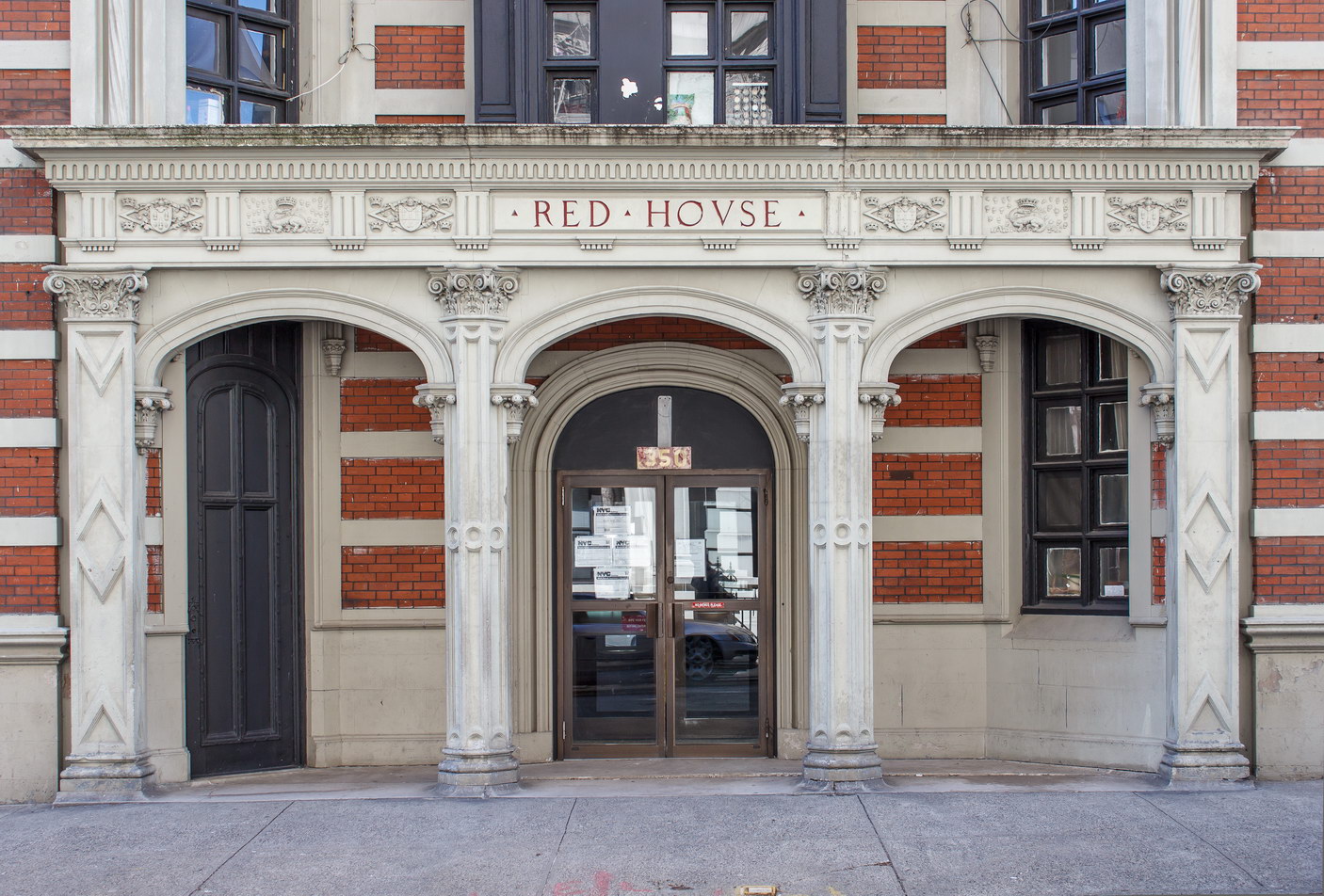
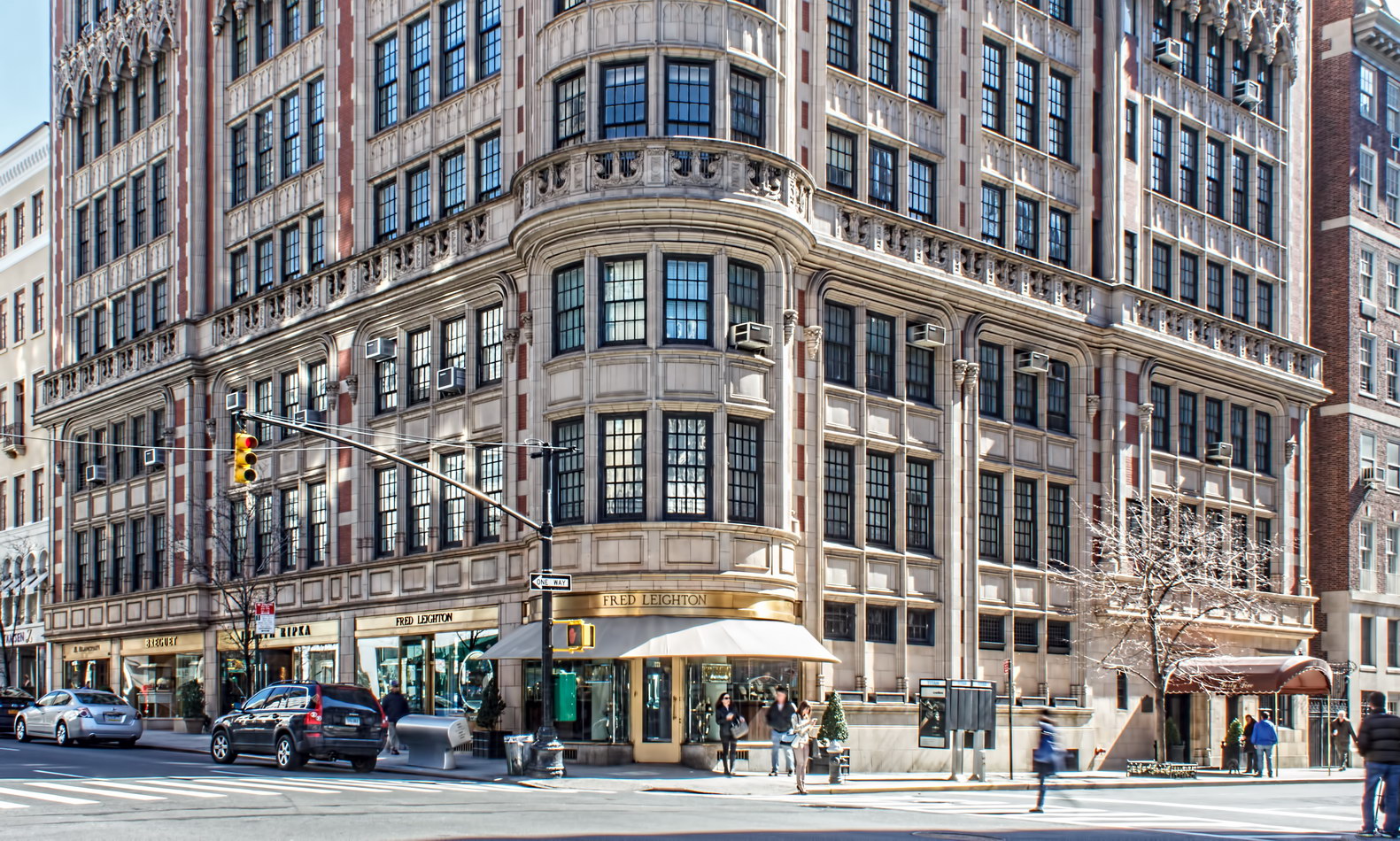
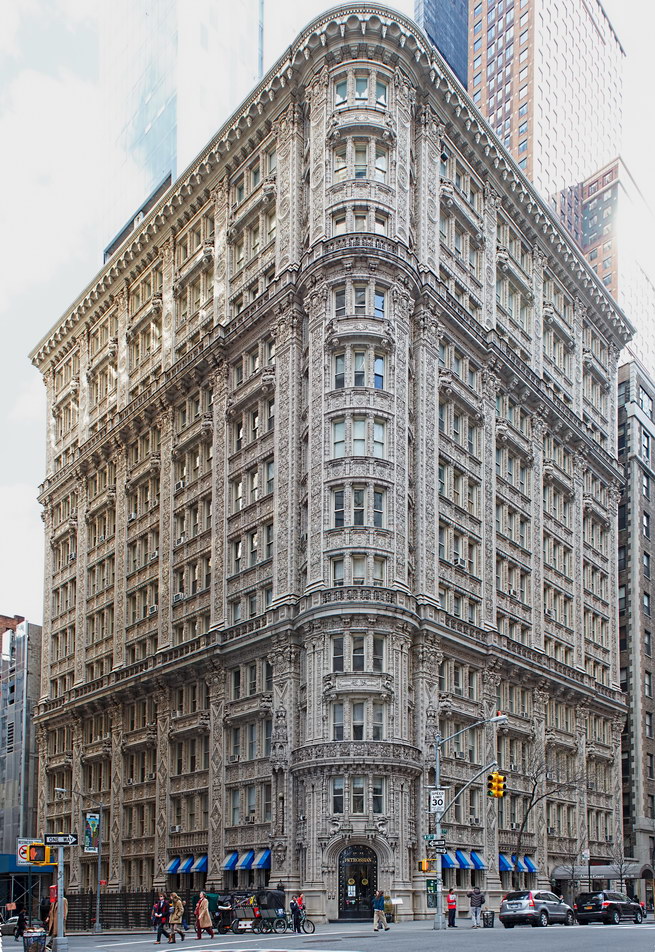
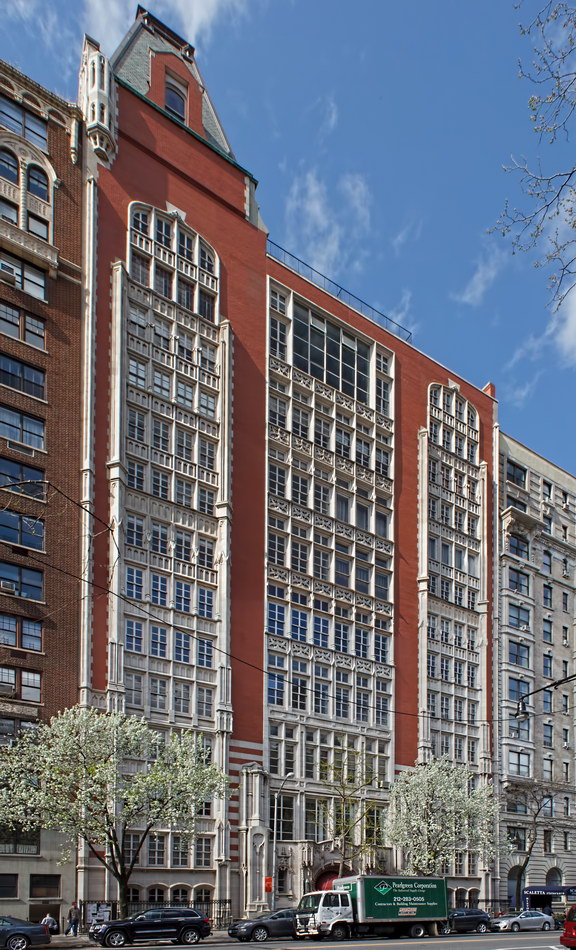
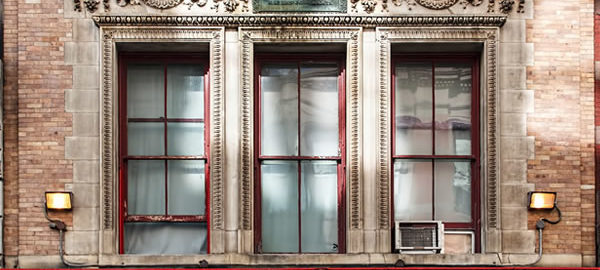
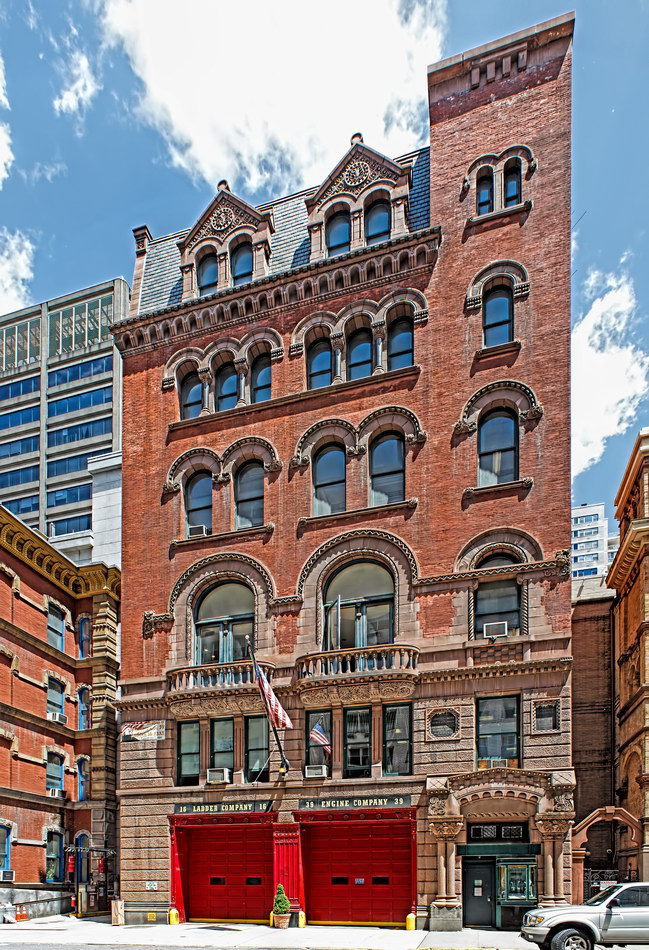
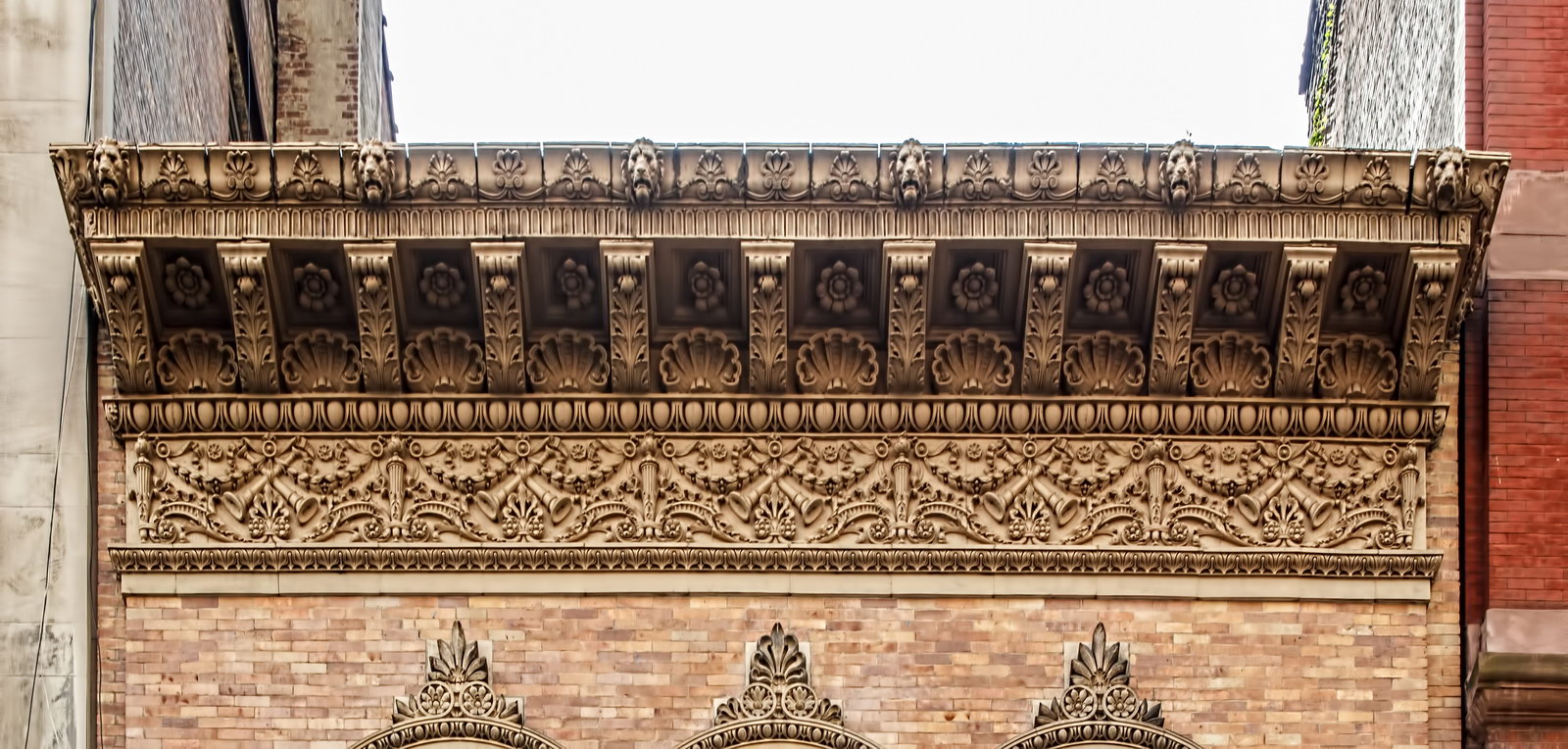
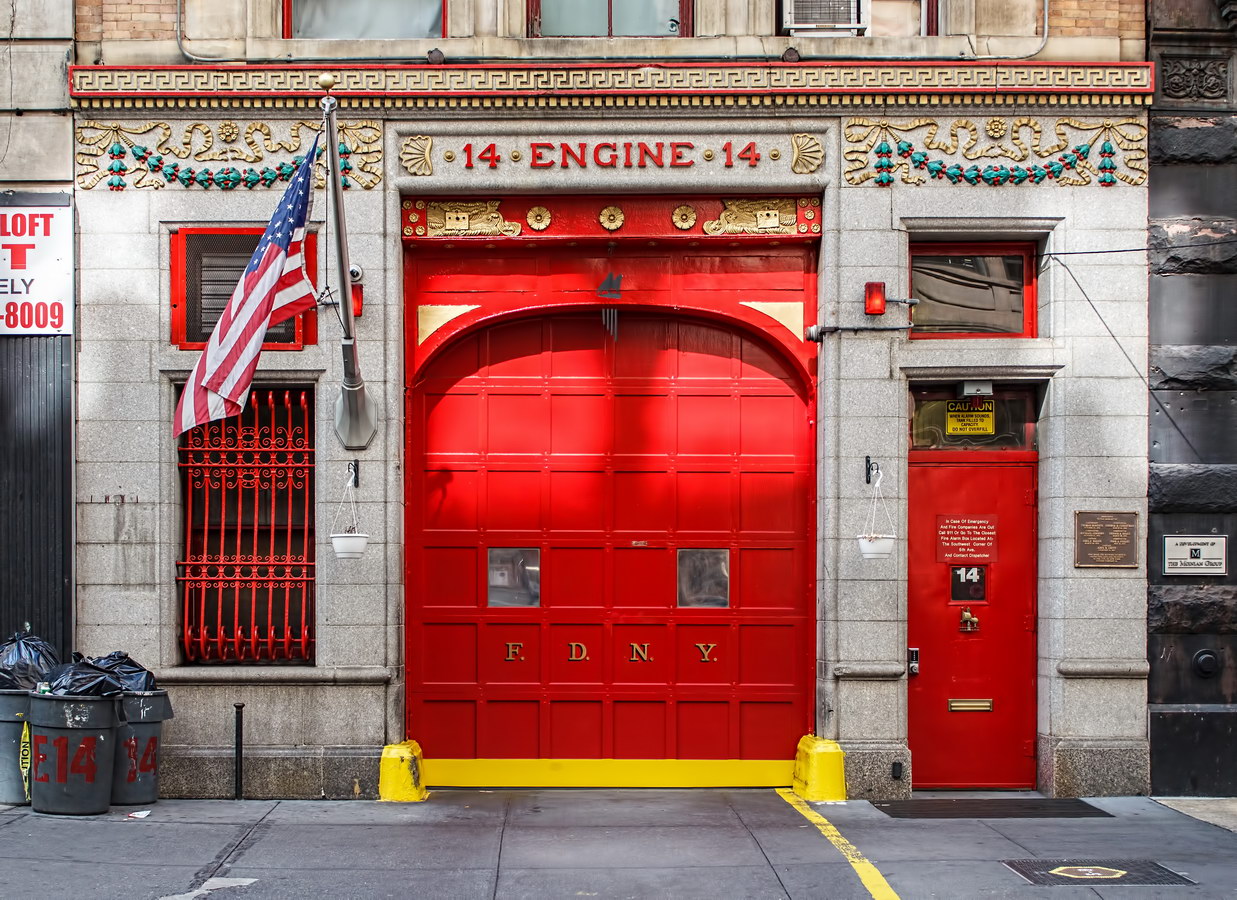
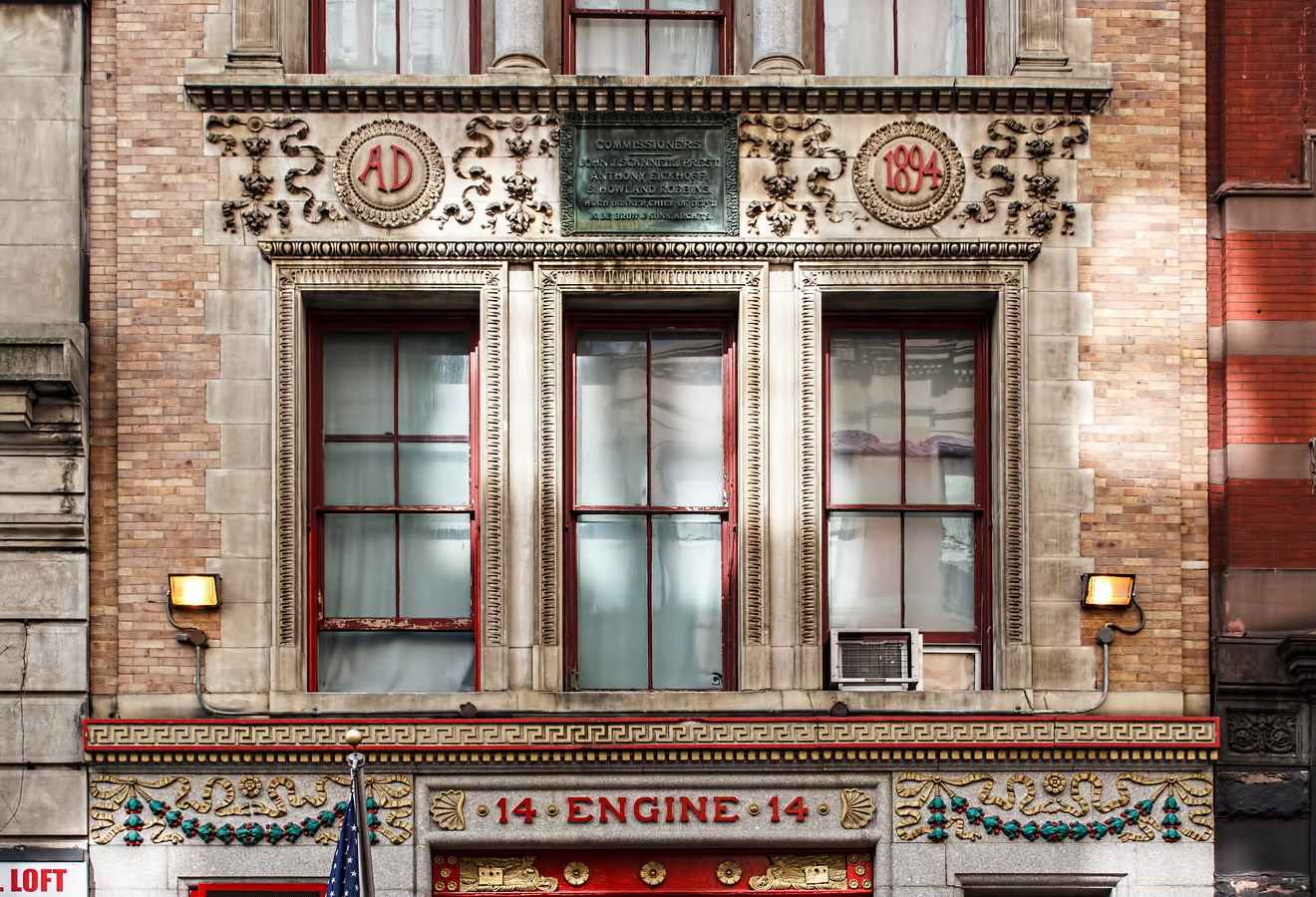
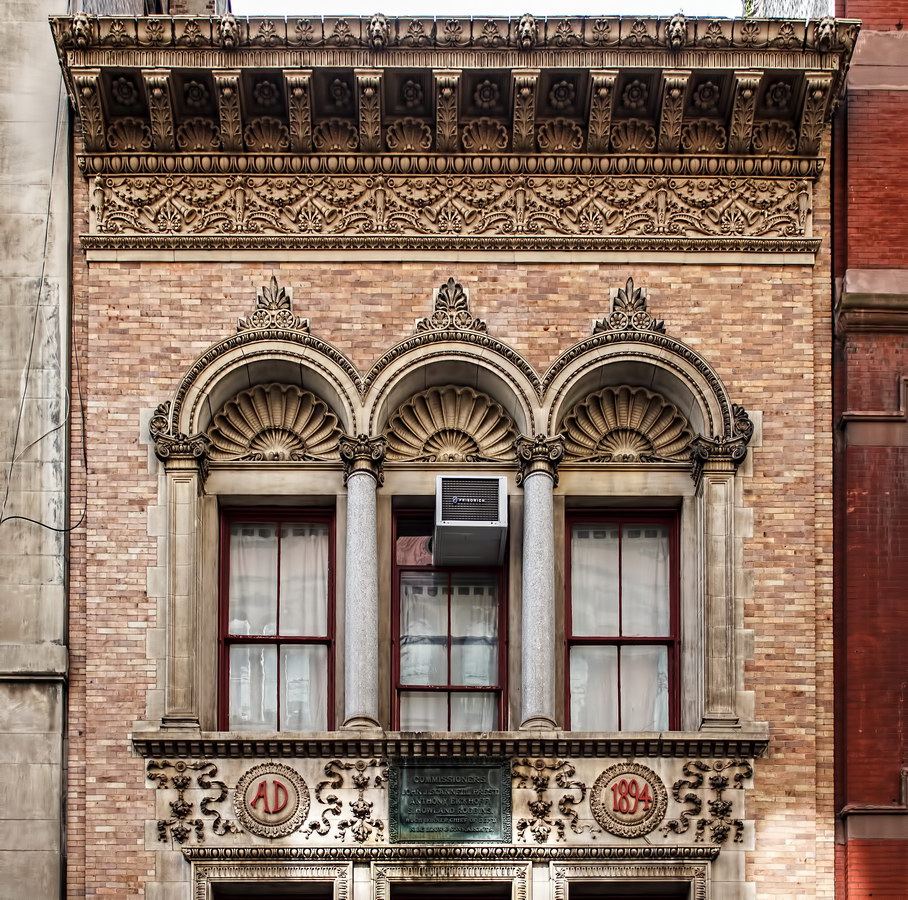
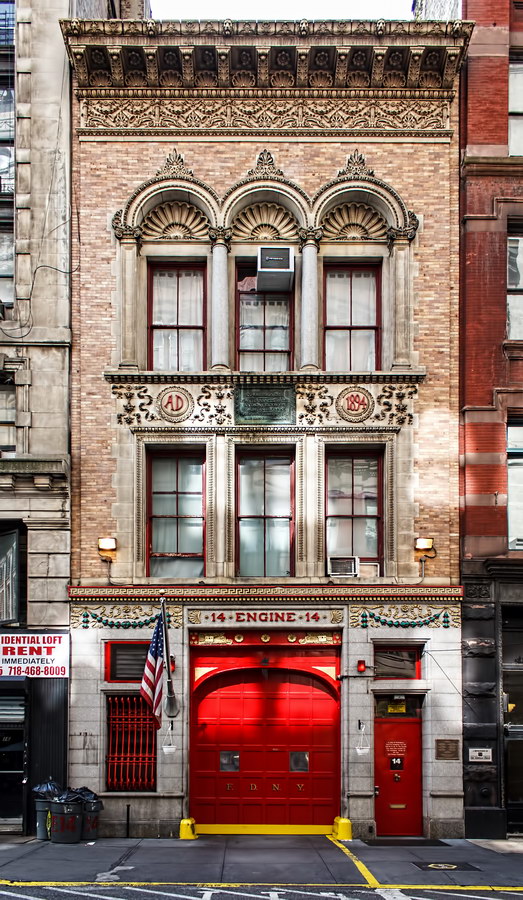
![[Engine Company 31] IMG_6019 12/13/2012 2:12:45 PM [Engine Company 31] IMG_6019 12/13/2012 2:12:45 PM](https://www.newyorkitecture.com/wp-content/gallery/napoleon-le-brun/IMG_6019_resize.jpg)
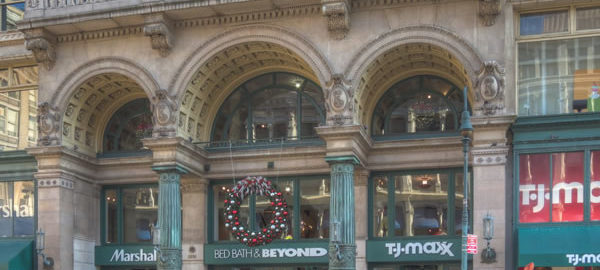
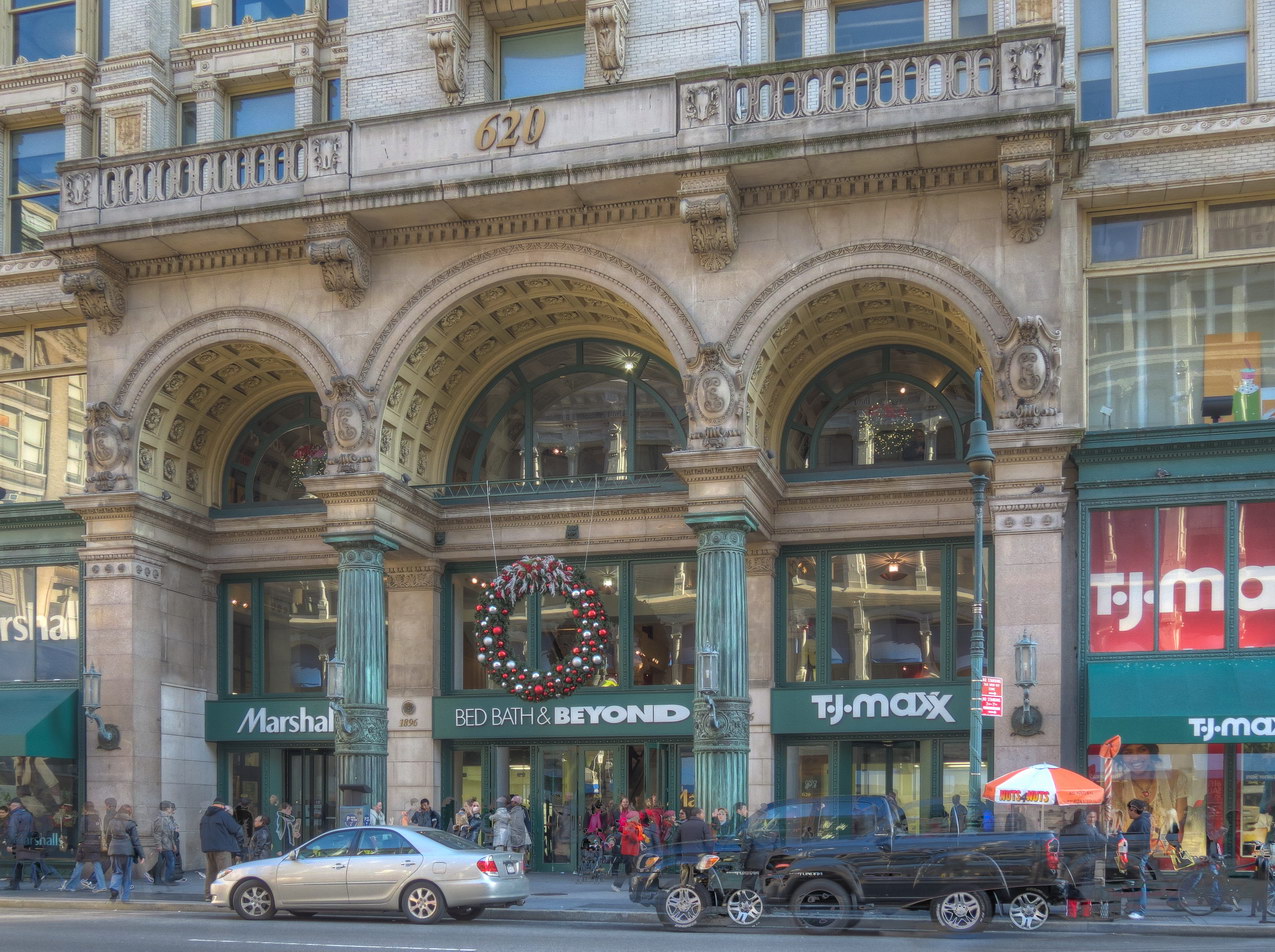
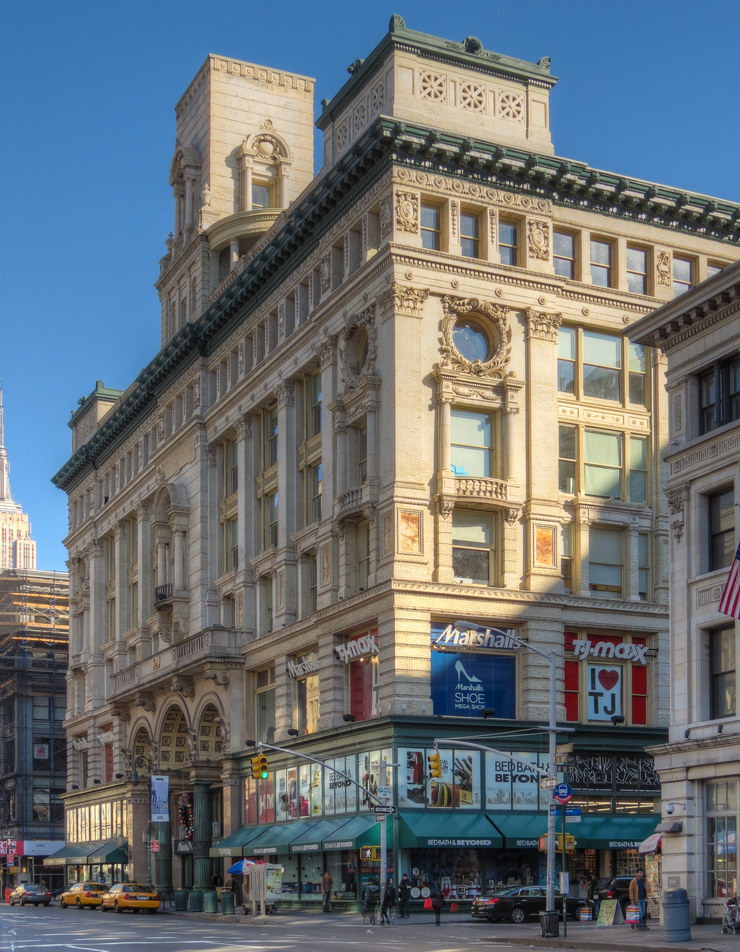
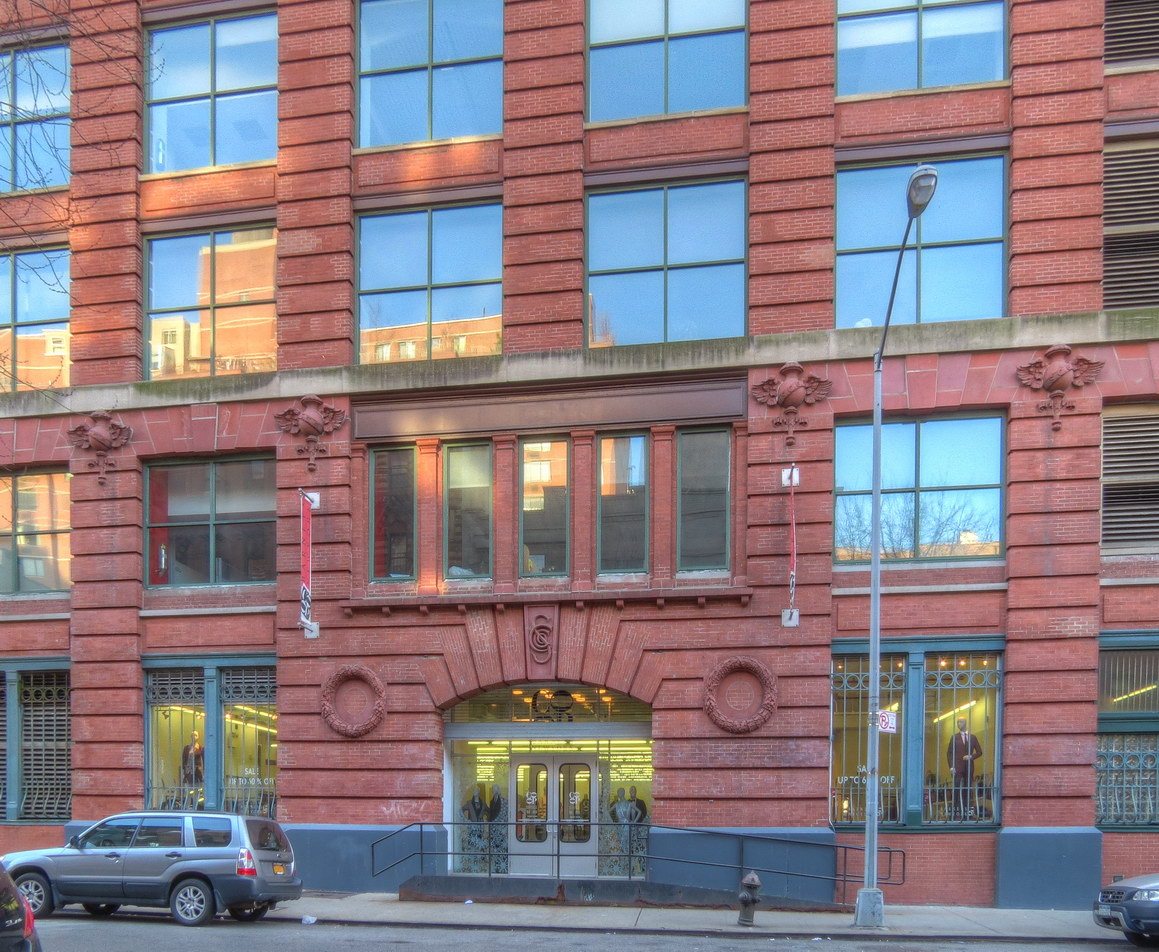
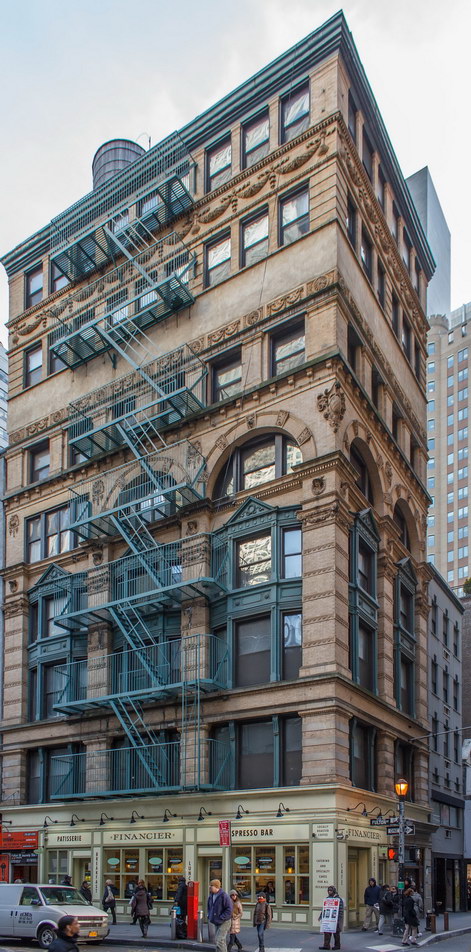
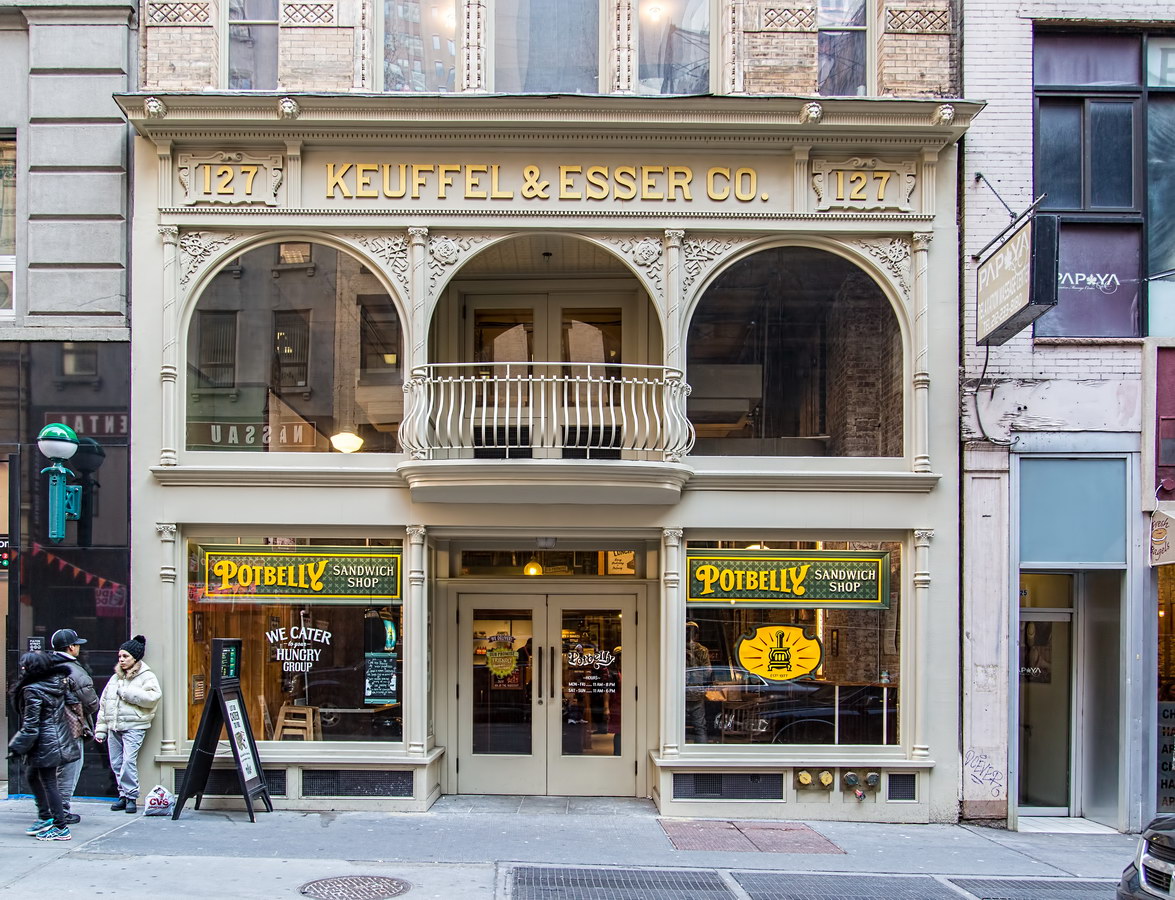
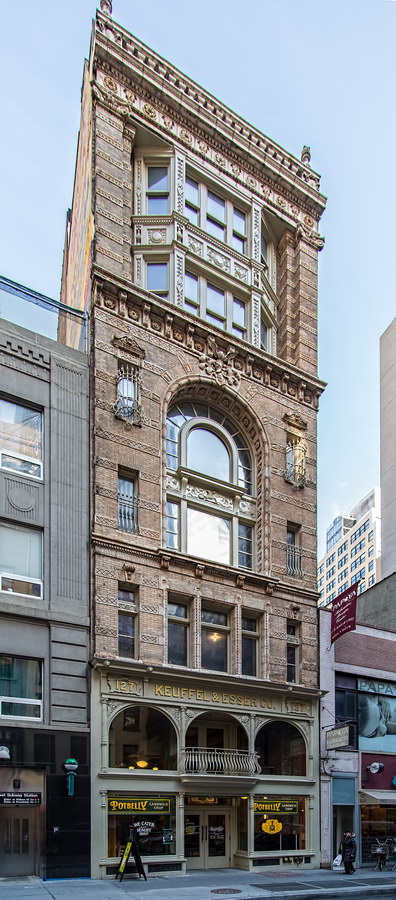
You must be logged in to post a comment.